Equipment
Mizuno brings the MP family closer together with its new MP-18 irons
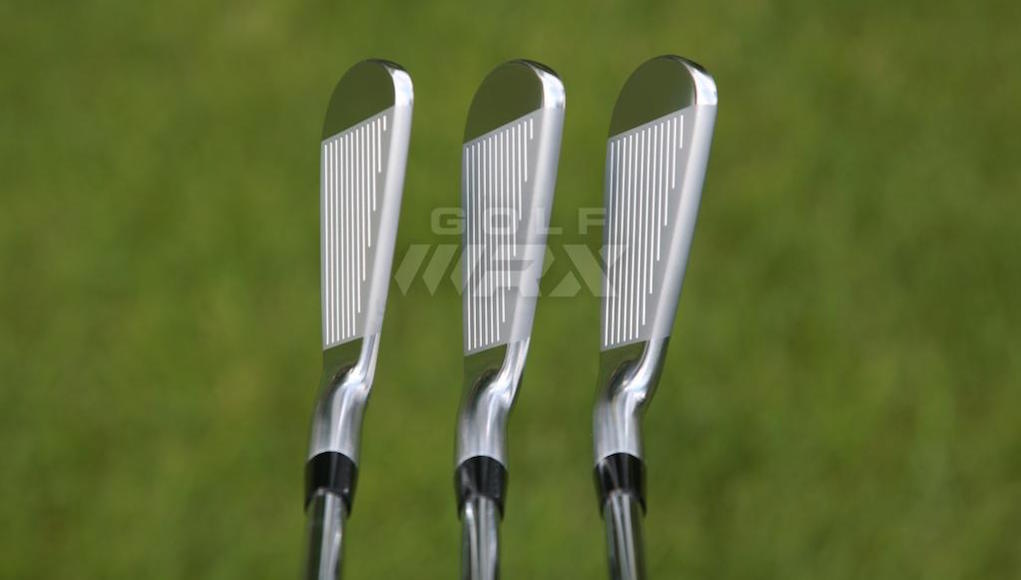
With its MP-18 iron family, Mizuno has narrowed the differences between its four new iron models to make mixing sets not only easier, but completely seamless.
Check out our WITB Page, and you’ll notice that most PGA Tour players are using combination iron sets. That means they’re playing muscleback short irons and cavity-back longer irons with thicker toplines and more forgiveness. This combo-set trend makes perfect sense; it allows golfers to use an iron set that gives them maximum control in their short irons where they want maximum control, and more forgiveness and distance in their long irons where they want more distance and forgiveness. Duh!
The problem is that most iron sets attempt to cater to the needs of muscleback players with their muscleback irons, cavity-back players with their cavity-back irons, and game-improvement players with their game-improvement irons. By segmenting iron families, it leaves gaps in looks, feel, playability, and distance for golfers who want to make their own combination set.
Mizuno has gone to great lengths to address that problem with its MP-18 iron family, which is intended to be mixed and matched. The MP-18 family includes four irons types:
- MP-18 (Muscleback)
- MP-18 SC (Split Cavity)
- MP-18 MMC (Multi-Material Compound)
- MP-18 MMC Fli-Hi
While the SC, MMC, and MMC Fli-Hi irons are larger than the MP-18 muscleback irons, they maintain the same sole, head profile, and topline ratios in their shaping. That means they look almost identical at address; they’re just slightly larger. Their lofts and pricing are also essentially identical. Only a trained eye will be able to tell any difference at all.
In terms of materials, Mizuno went back to its roots with the MP-18. The irons are forged from 1025E Pure Select Mild Carbon, a switch from the 1025 Boron the company was using in some of its MP irons in recent years. Boron was used because it is stronger than Mizuno’s 1025E carbon steel, allowing engineers to thin out structures within the irons for added distance and forgiveness. “That’s just not MP,” as one Mizuno representative put it.
With this launch, Mizuno strived to give the MP-18 irons the look and feel of irons that “could have been made 100 years ago,” the company says. They’re for players who want the best-feeling, best-looking irons they can play, with simple color schemes and classic shapes, while still getting maximum performance. There’s still a place for cutting-edge designs and materials in Mizuno players irons — just ask Brooks Koepka, who used the JPX-900 Tour irons forged from Boron to win the 2017 U.S. Open — but it’s not in the MP-18 line.
To get the artistic shaping the company desired in the MP-18 line, Mizuno brought its computer-designed club heads to Japan where its expert craftsmen refined the shapes. The club-grinding experts worked to blend the transition of the hosels into the club faces in a way that reduced the look of offset. They also dialed in toe and heel shapes while adding camber to the sole. These prototype models were used as the starting point for each of the MP-18 irons to ensure consistency through the lineup.
Despite their throwback looks, the company relied on new school technologies to refine the sound and feel of the irons. Mizuno’s stated goal with the irons was to extend impact frequencies so they not only feel softer, but so that golfers get more feedback on the club. To that end, the irons were forged with a new “Grain-Flow Forged HD” process. The company’s H.I.T. (Harmonic Impact Technology) was also used to dial in acoustics for enhanced feedback.
Below, we break down each of the individual offerings in the MP-18 family. The irons will sell for $149.99 each and will be available September 15.
Mizuno MP-18
In relation to previous Mizuno MP muscleback irons, the MP-18 irons are significantly smaller than the MP-5 irons and slightly smaller than one of Mizuno’s smallest modern muscleback irons, the MP-4. Their toplines appear thinner than they measure due to a camber that makes them look slimmer in the address position. In comparing topline thicknesses, the MP-18’s are thinner than the MP-5, but they’re a bit thicker than the MP-4.
The MP-18 scoring irons (9 and PW) are smaller in size than previous models. All of the irons in the set also have lower heel heights. “That’s what this player wants,” a Mizuno representative said.
The MP-18 irons will come stock with True Temper Dynamic Gold S300 shafts and Golf Pride MCC White/Black grips. They are right-handed only offerings.
Full Specs
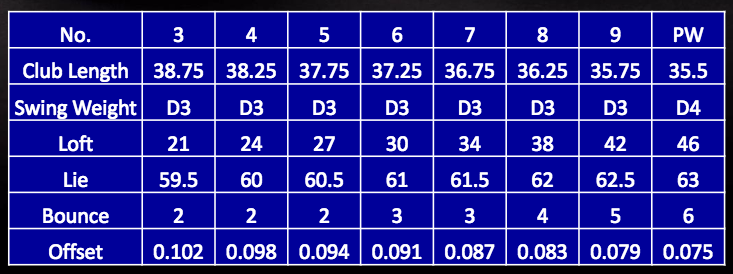
Mizuno MP-18 SC (Split Cavity)
The MP-18 Split Cavity irons feature what Mizuno calls a half-cavity design. Mass has been taken of the upper portion of the irons, focusing CG (center of gravity) lower in the club head for an easier launch and more forgiveness.
The MP-18 SC irons are only fractionally longer from heel-to-toe than the MP-18 muscleback irons. They’re also 0.5 millimeters taller and have soles that are 1.5 millimeters wider. With identical specs (aside from swing weight in the longer irons) and offset, these irons are designed to blend seamlessly into a combination set with the MP-18 muscleback irons regardless of where golfers decide to split their set.
The MP-18 SC irons come stock with KBS Tour shafts and are available for left- and right-handed golfers.
Full Specs
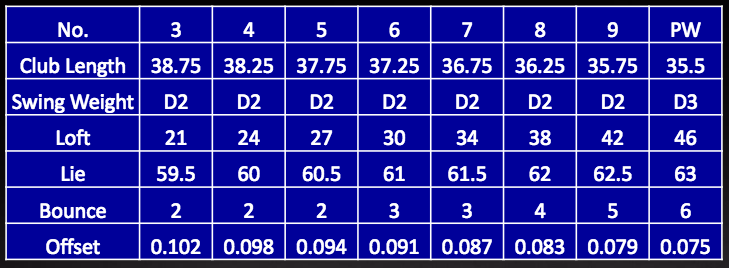
Mizuno MP-18 MMC (Multi-Material Construction)
The MP-18 MMC irons are Grain Flow Forged from 1025E, but they use a multi-material construction to move weight to the center of the club heads to enhance moment of inertia (MOI), a measure of forgiveness. The more centered CG is achieved by adding 20 grams of tungsten, a material more dense than steel, in the toe section of the irons. An 8-gram titanium insert, which is lighter than steel, was also placed behind the club face and toward the heel section of the club.
The titanium insert is used in each of the MMC iron designs. Tungsten was not used in the 8, 9, and PW club heads, however, as it was not needed to center CG due in those clubs.
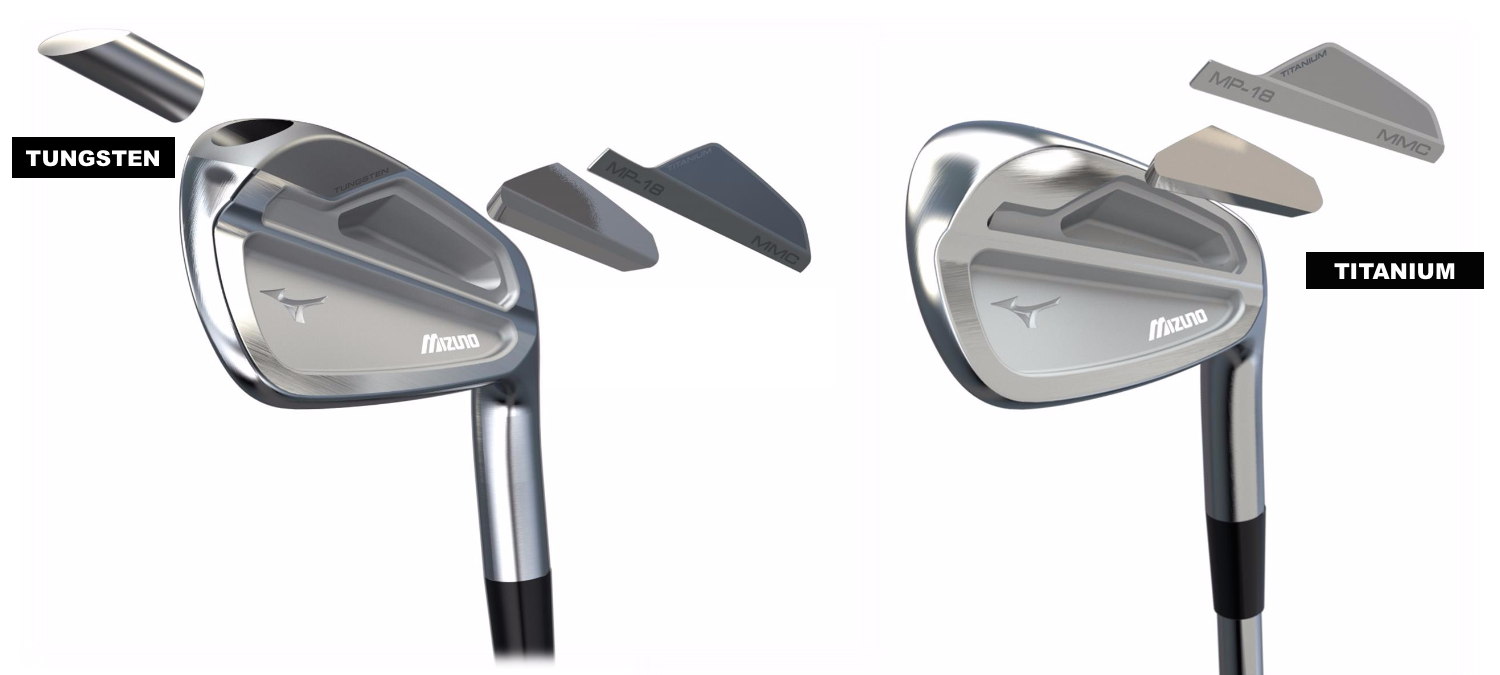
The MP-18 MMC are designed with 0.8 millimeters less offset more than the MP-18 and SC irons, but they also have 2 degrees less loft per head. According to Mizuno, however, each degree of loft that is added when bending an iron weaker adds 0.4 millimeters of offset. That means if a golfer matches the lofts of the MP-18 MMC irons to the MP-18 or MP-18 SC irons, offset will be essentially identical.
The MP-18 MMC irons will come stock with a Nippon Modus 120 shaft, and they’re a right-handed only offering.
Full Specs
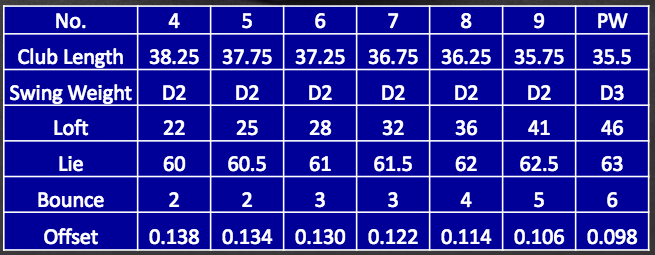
Mizuno MP-18 MMC Fli-Hi
Offered in long-irons only (2-6 iron), the Mizuno MMC Fli-HI irons have an X-30 steel body material with club faces made from Maraging 1770HT steel, a high-strength material that can be made thinner to help create faster ball speeds.
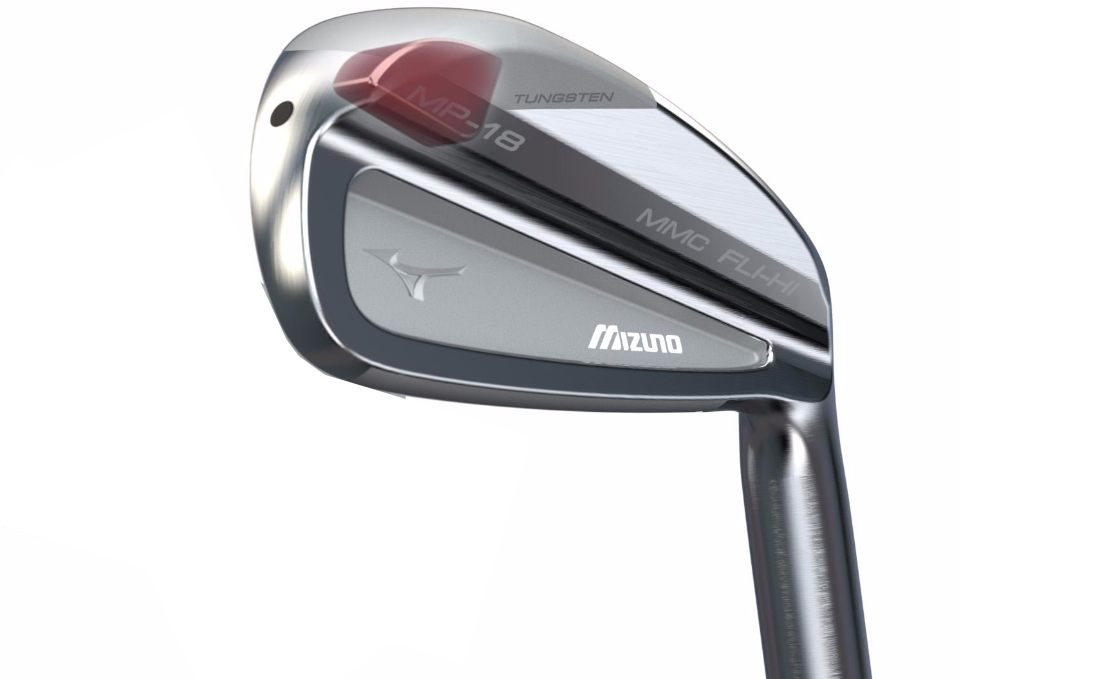
Mizuno made the toplines of its new Fli-Hi significantly thinner than its predecessor, the MP-H5 iron. The toplines are also cambered to look thinner than they measure, creating a look that will suit the eye of better players, according to Mizuno. Like the MP-MMC irons, the MMC Fli-Hi irons also have 20 grams of tungsten in their toes. The insert is forged into the inside of the cavity, however, and it sits behind the face. According to Mizuno, this design helps golfers hit higher shots with the irons and increases forgiveness.
The MP-18 MMC Fli-Hi irons will come stock with KBS C-Taper shafts, and are a right-handed only offering.
Full Specs
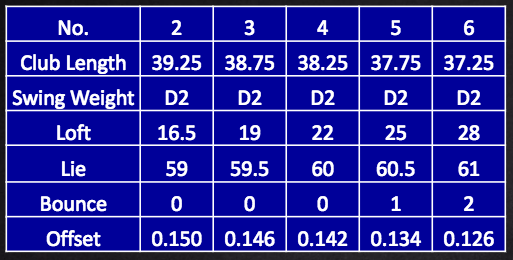
Discussion: See what GolfWRX members are saying about the MP-18 irons in our forums
- LIKE328
- LEGIT29
- WOW42
- LOL3
- IDHT6
- FLOP2
- OB2
- SHANK12
Equipment
Coolest thing for sale in the GolfWRX Classifieds (4/18/24): Ping PLD Limited Anser – 1988 Open Championship – #2 of only 88 Made
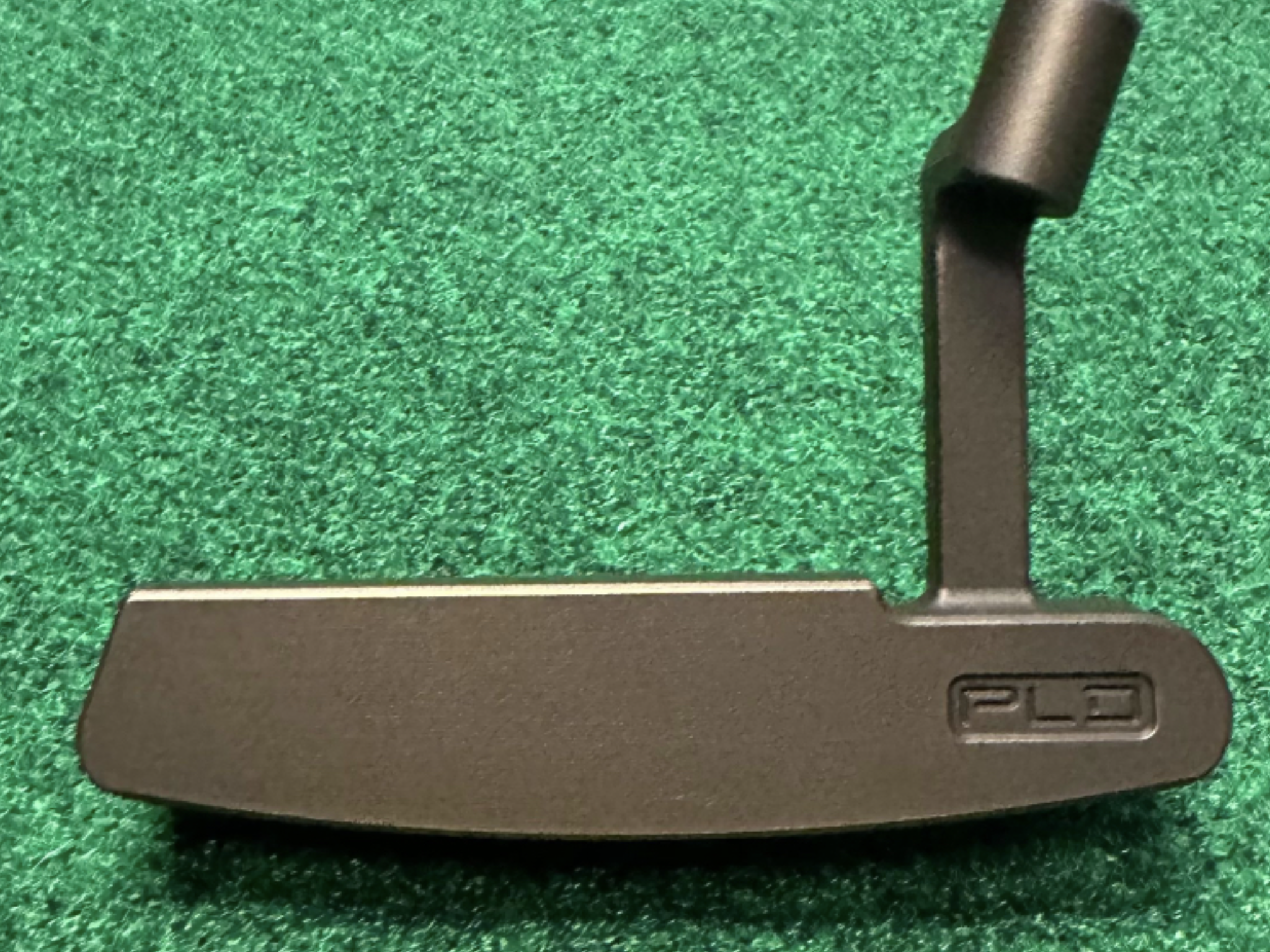
At GolfWRX, we are a community of like-minded individuals that all experience and express our enjoyment of the game in many ways.
It’s that sense of community that drives day-to-day interactions in the forums on topics that range from best driver to what marker you use to mark your ball. It even allows us to share another thing we all love – buying and selling equipment.
Currently, in our GolfWRX buy/sell/trade (BST) forum, there is a listing for a Ping PLD Limited Anser – 1988 Open Championship – #2 of only 88 Made.
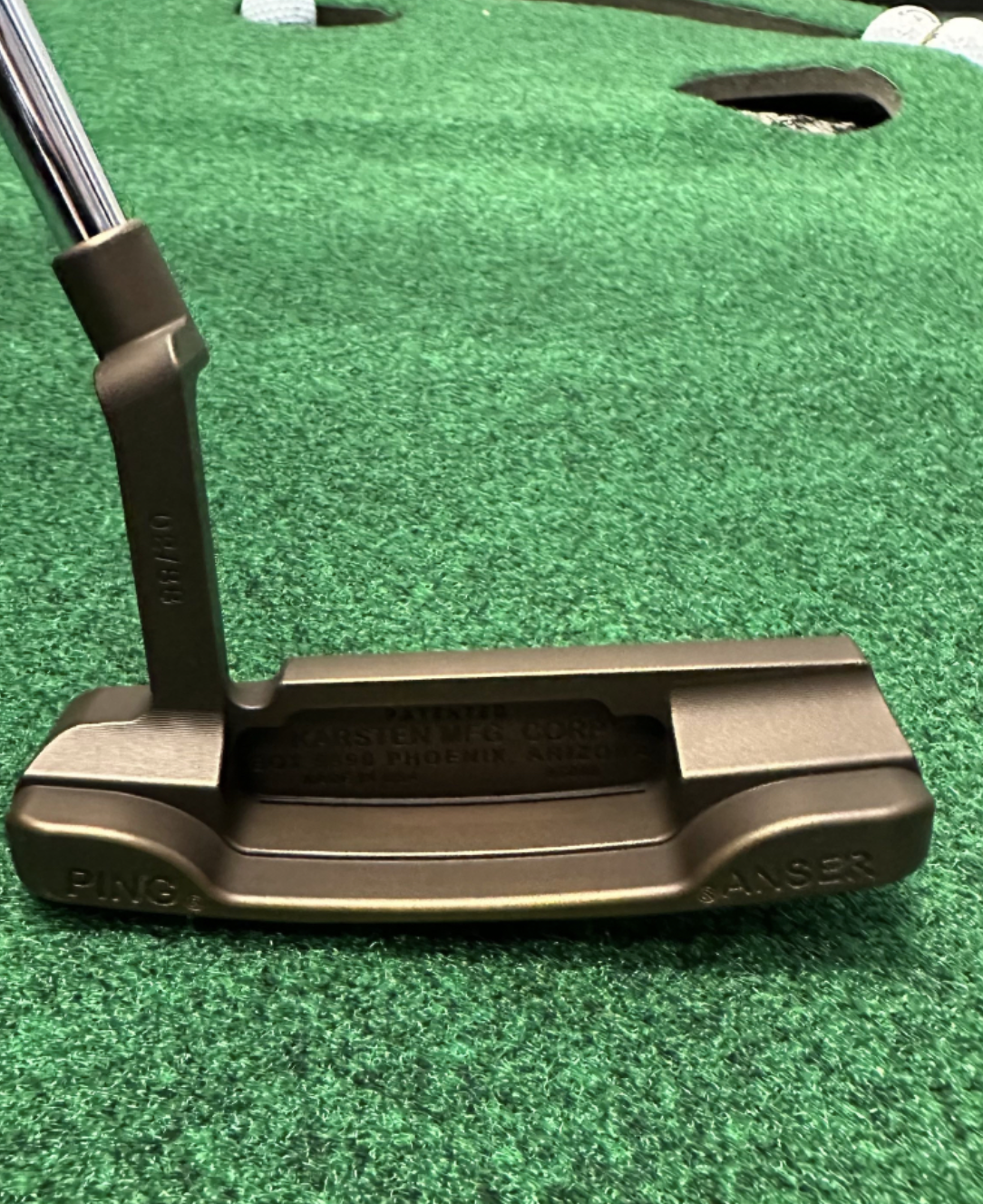
From the seller: (@DLong72): “Ping PLD Limited Anser – 1988 Open Championship – #2 of only 88 Made. ?: $1150. ?? 100% milled collectors item from the limited releases commemorating when Ping putters won every major in 1988 (88 putters made). This was the model Seve Ballesteros used to win the 1988 Open Championship. Condition is brand new, never gamed, everything is in the original packaging as it came. Putter features the iconic sound slot.
Specs/ Additional Details
-100% Milled, Aluminum/Bronze Alloy (310g)
-Original Anser Design
-PING PP58 Grip
-Putter is built to standard specs.”
To check out the full listing in our BST forum, head through the link: Ping PLD Limited Anser – 1988 Open Championship – #2 of only 88 Made
This is the most impressive current listing from the GolfWRX BST, and if you are curious about the rules to participate in the BST Forum you can check them out here: GolfWRX BST Rules
- LIKE1
- LEGIT0
- WOW0
- LOL0
- IDHT0
- FLOP0
- OB0
- SHANK0
Equipment
Inside Collin Morikawa’s recent golf ball, driver, 3-wood, and “Proto” iron changes
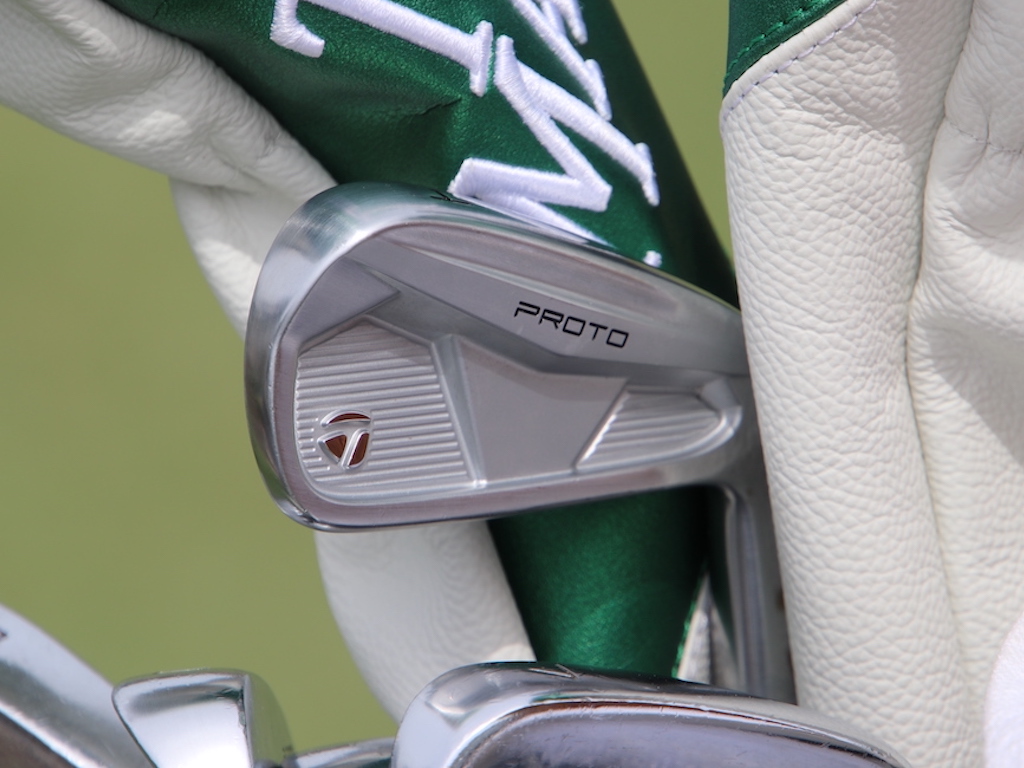
As you probably know by now, Collin Morikawa switched putters after the first round of The Masters, and he ultimately went on to finish T3.
The putter was far from the only change he made last week, however, and his bag is continuing to change this week at the 2024 RBC Heritage.
On the range of The Masters, Morikawa worked closely with Adrian Reitveld, TaylorMade’s Senior Manager of Tour at TaylorMade, to find the perfect driver and 3-wood setups.
Morikawa started off 2024 by switching into TaylorMade’s Qi10 Max driver, but since went back to his faithful TaylorMade SIM – yes, the original SIM from 2020. Somehow, some way, it seems Morikawa always ends up back in that driver, which he used to win the 2020 PGA Championship, and the 2021 Open Championship.
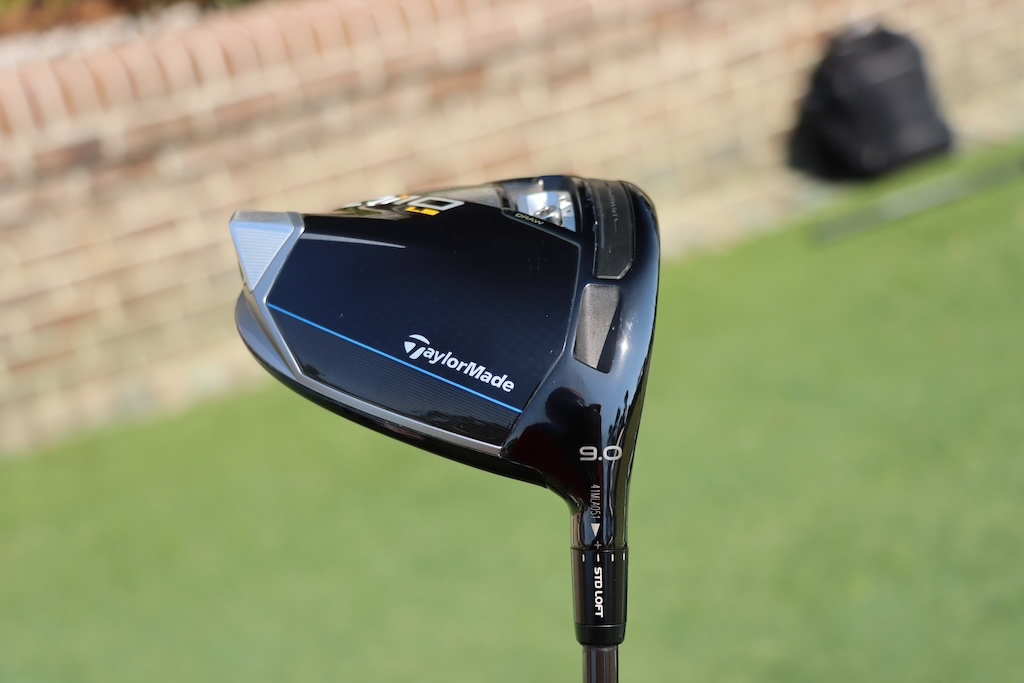
At The Masters, however, Rietveld said the duo found the driver head that allowed “zero compromise” on Morikawa’s preferred fade flight and spin. To match his preferences, they landed on a TaylorMade Qi10 LS 9-degree head, and the lie angle is a touch flatter than his former SIM.
“It’s faster than his gamer, and I think what we found is it fits his desired shot shape, with zero compromise” Rietveld told GolfWRX.com on Wednesday at the RBC Heritage.
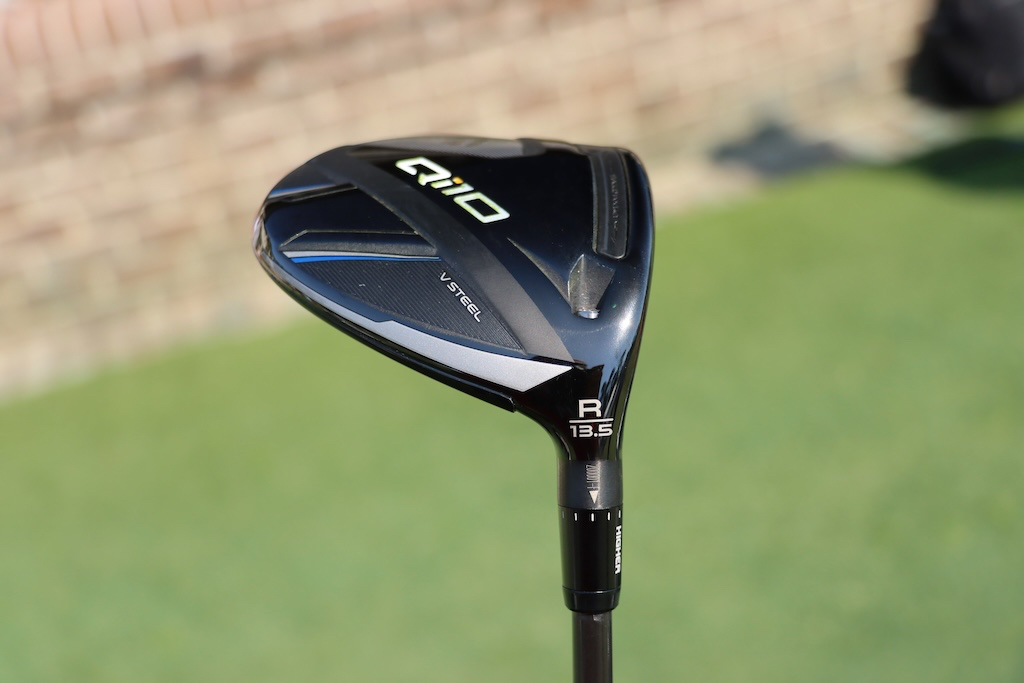
Then, to replace his former SIM rocket 3-wood, Morikawa decided to switch into the TaylorMade Qi10 core model 13.5-degree rocket head, with an adjustable hosel.
“He likes the spin characteristics of that head,” Rietveld said. “Now he’s interesting because with Collin, you can turn up at a tournament, and you look at his 3-wood, and he’s changed the setting. One day there’s more loft on it, one day there’s less loft on it. He’s that type of guy. He’s not scared to use the adjustability of the club.
“And I think he felt our titanium head didn’t spin as low as his original SIM. So we did some work with the other head, just because he liked the feel of it. It was a little high launching, so we fit him into something with less loft. It’s a naughty little piece of equipment.”

In addition to the driver and fairway wood changes, Morikawa also debuted his new “MySymbol” jersey No. 5 TP5x golf ball at The Masters. Morikawa’s choice of symbols is likely tied to his love of the Los Angeles Dodgers baseball team.
Not enough changes for you? There’s one more.

On Wednesday at the 2024 RBC Heritage, Morikawa was spotted with a new TaylorMade “Proto” 4-iron in the bag. If you recall, it’s the same model that Rory McIlroy debuted at the 2024 Valero Texas Open.
According to Morikawa, the new Proto 4-iron will replace his old P-770 hollow-bodied 4-iron.
“I used to hit my P-770 on a string, but sometimes the distance would be a little unpredictable,” Morikawa told GolfWRX.com. “This one launches a touch higher, and I feel I can predict the distance better. I know Rory replaced his P-760 with it. I’m liking it so far.”
See Morikawa’s full WITB from the 2024 RBC Heritage here.
- LIKE25
- LEGIT2
- WOW2
- LOL4
- IDHT2
- FLOP3
- OB3
- SHANK2
Equipment
Why Rory McIlroy will likely use the new TaylorMade BRNR Mini Driver Copper at the RBC Heritage
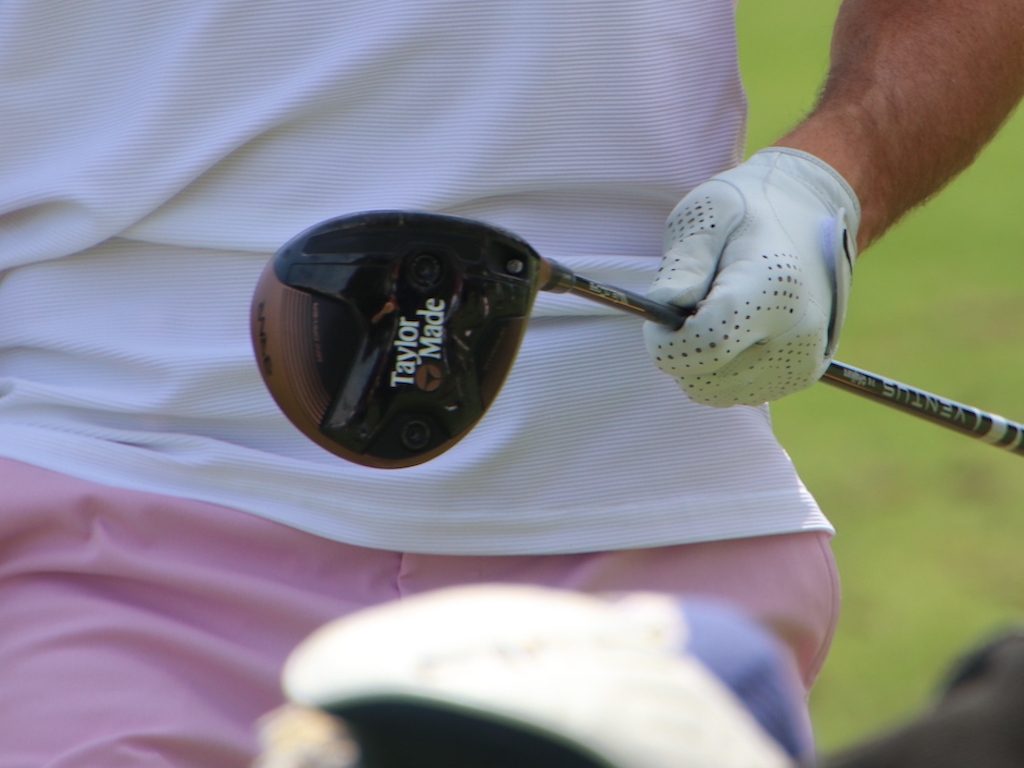
Although we spotted Rory McIlroy testing the new TaylorMade BRNR Mini Driver Copper last week during practice rounds at the Masters, he ultimately didn’t decide to use the club in competition.
It seems that will change this week at the 2024 RBC Heritage, played at the short-and-tight Harbour Town Golf Links in Hilton Head.
When asked on Wednesday following his morning Pro-Am if he’d be using the new, nostalgic BRNR Copper this week, McIlroy said, “I think so.”
“I like it,” McIlroy told GolfWRX.com on Tuesday regarding the BRNR. “This would be a good week for it.”
View this post on Instagram
According to Adrian Rietveld, the Senior Manager of Tour at TaylorMade, the BRNR Mini Driver can help McIlroy position himself properly off the tee at the tight layout.
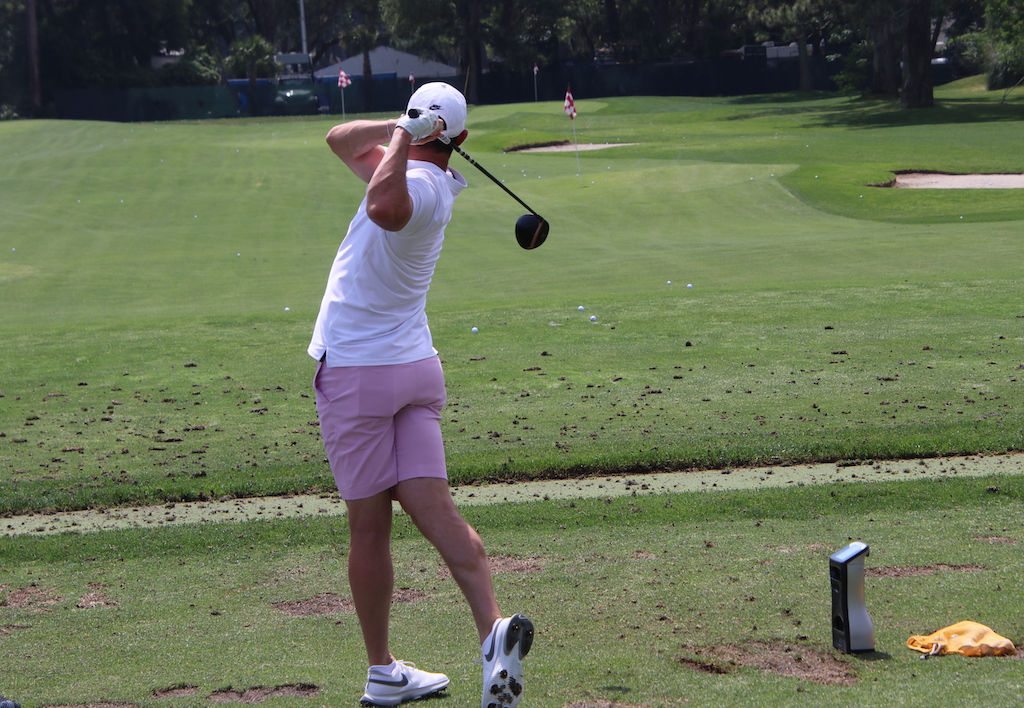
Here’s what Rietveld told GolfWRX.com on Wednesday:
“For someone like Rory, who’s that long at the top end of the bag, and then you put him on a course like Harbour Town, it’s tough off the tee. It’s tight into the greens, and you have to put yourself in position off the tee to have a shot into the green. It kind of reminds me of Valderrama in Spain, where you can be in the fairway and have no shot into the green.
“I’m caddying for Tommy [Fleetwood] this week, so I was walking the course last night and looking at a few things. There’s just such a small margin for error. You can be standing in the fairway at 300 yards and have a shot, but at 320 you don’t. So if you don’t hit a perfect shot, you could be stuck behind a tree. And then if you’re back at 280, it might be a really tough shot into the small greens.
“So for Rory [with the BRNR], it’s a nice course-specific golf club for him. He’s got both shots with it; he can move it right-to-left or left-to-right. And the main thing about this club has been the accuracy and the dispersion with it. I mean, it’s been amazing for Tommy.
“This was the first event Tommy used a BRNR last year, and I remember talking to him about it, and he said he couldn’t wait to play it at Augusta next year. And he just never took it out of the bag because he’s so comfortable with it, and hitting it off the deck.
“So you look at Rory, and you want to have the tools working to your advantage out here, and the driver could hand-cuff him a bit with all of the shots you’d have to manufacture.”
So, although McIlroy might not be making a permanent switch into the new TaylorMade BRNR Mini Driver Copper, he’s likely to switch into it this week.
His version is lofted at 13.5 degrees, and equipped with a Fujikura Ventus Black 7X shaft.
See more photos of Rory testing the BRNR Mini here
- LIKE25
- LEGIT2
- WOW0
- LOL2
- IDHT0
- FLOP0
- OB1
- SHANK3
-

 19th Hole1 week ago
19th Hole1 week agoDave Portnoy places monstrous outright bet for the 2024 Masters
-

 19th Hole3 weeks ago
19th Hole3 weeks agoThings got heated at the Houston Open between Tony Finau and Alejandro Tosti. Here’s why
-

 19th Hole1 week ago
19th Hole1 week agoTiger Woods arrives at 2024 Masters equipped with a putter that may surprise you
-

 19th Hole2 weeks ago
19th Hole2 weeks agoReport: Tiger Woods has ‘eliminated sex’ in preparation for the 2024 Masters
-

 19th Hole4 days ago
19th Hole4 days agoTwo star names reportedly blanked Jon Rahm all week at the Masters
-

 19th Hole4 days ago
19th Hole4 days agoNeal Shipley presser ends in awkward fashion after reporter claims Tiger handed him note on 8th fairway
-

 19th Hole3 days ago
19th Hole3 days agoReport: LIV Golf identifies latest star name they hope to sign to breakaway tour
-

 19th Hole2 weeks ago
19th Hole2 weeks agoAddiction, spinal fusion, and scam artists – Everything Anthony Kim revealed in candid interview with David Feherty

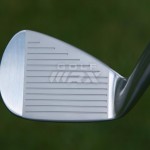
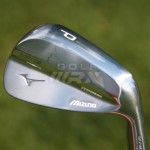
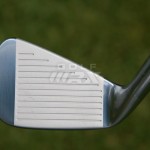
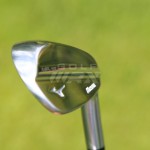
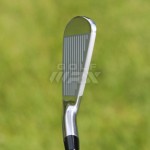
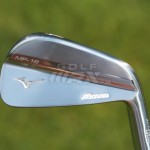
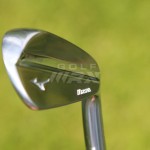
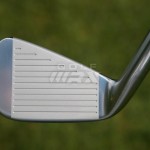
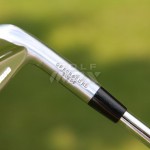
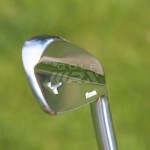

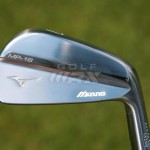
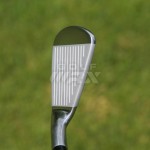
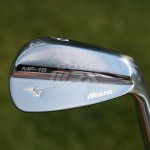
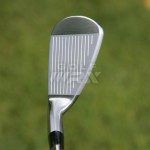
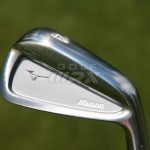
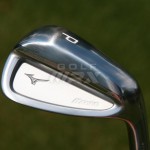
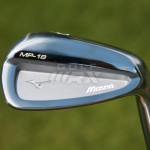
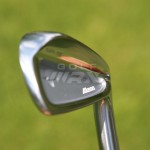
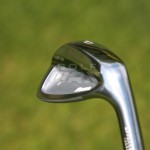
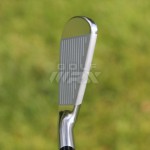
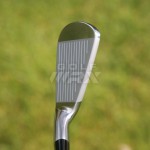
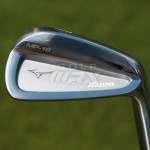
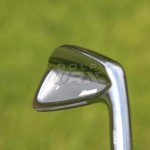
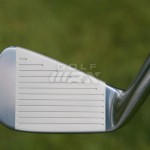
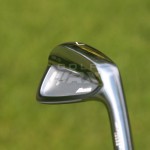
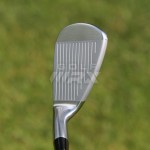
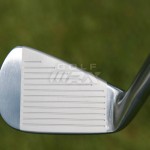
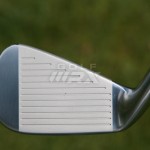
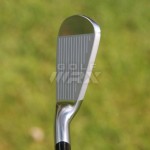
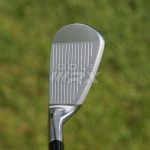
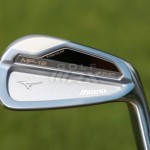
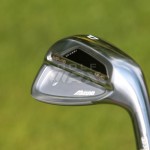
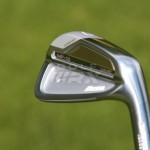
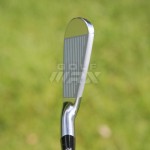
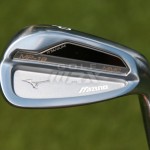
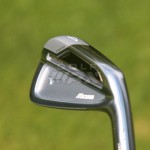
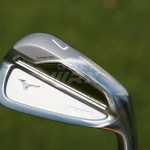
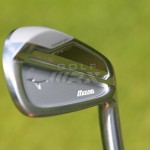
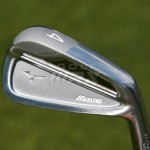
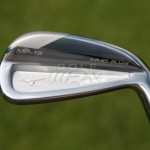
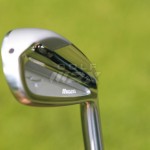
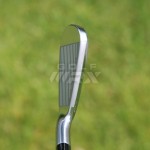
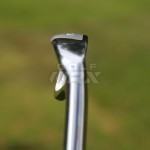
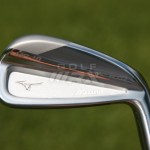
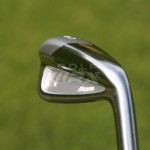

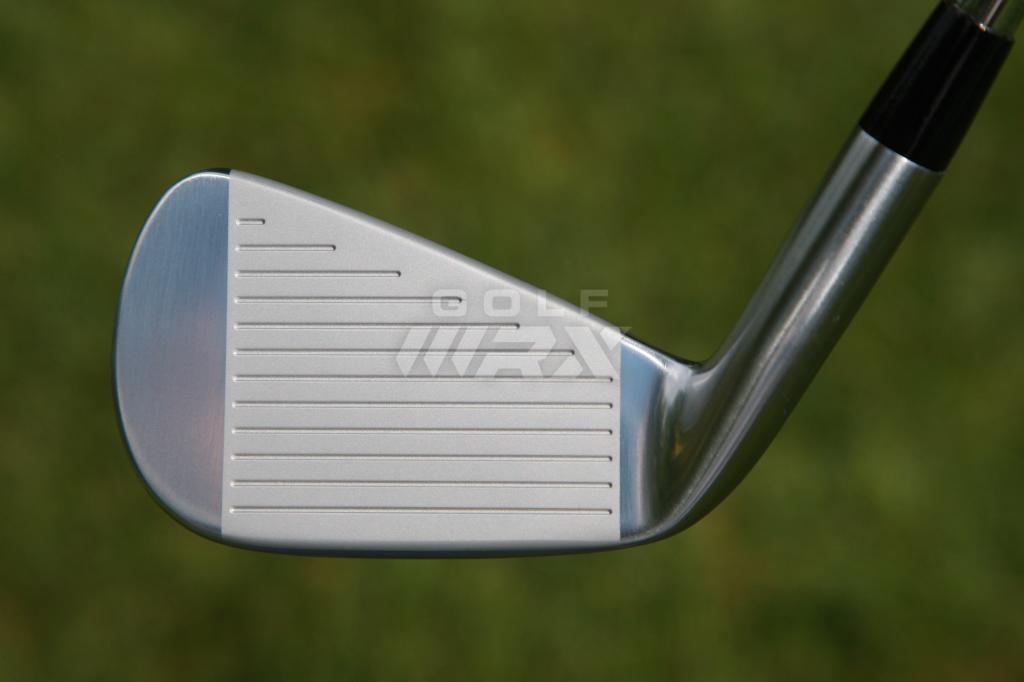
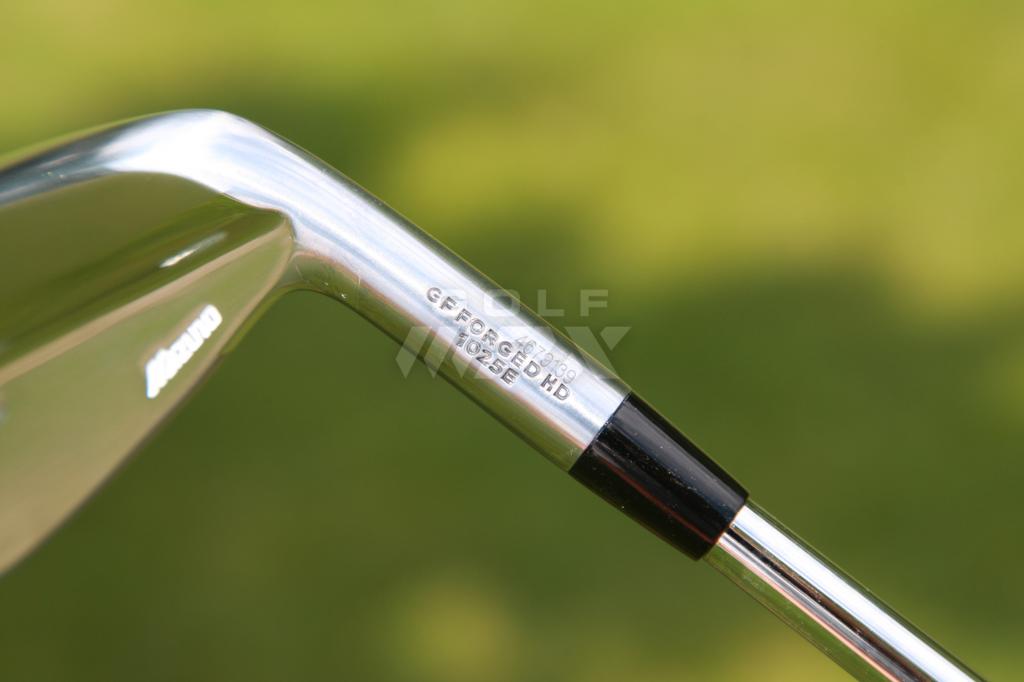
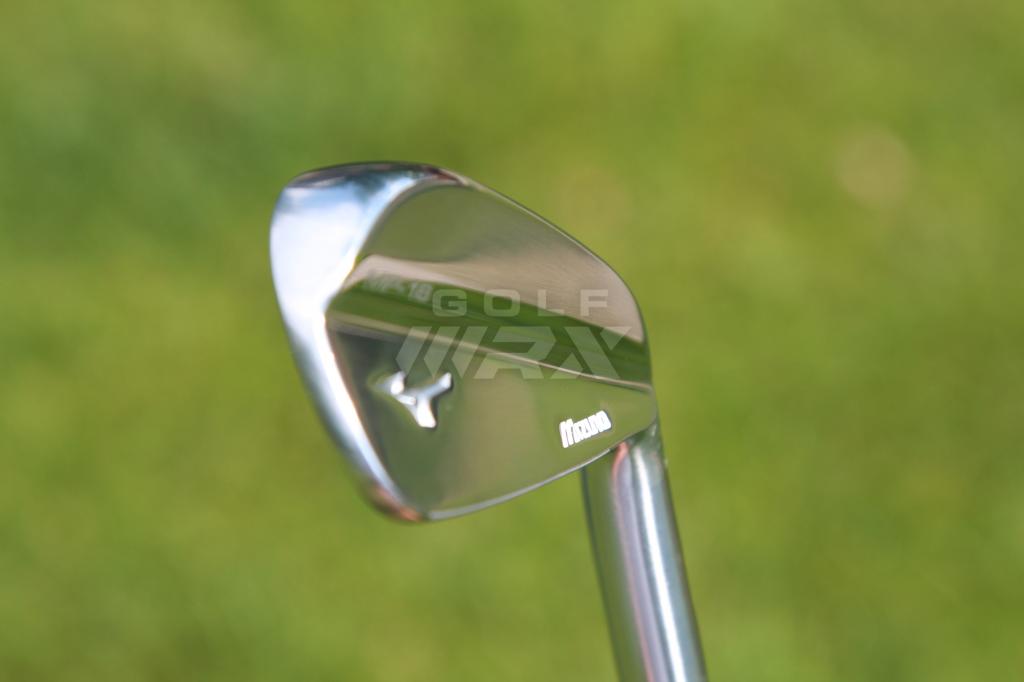
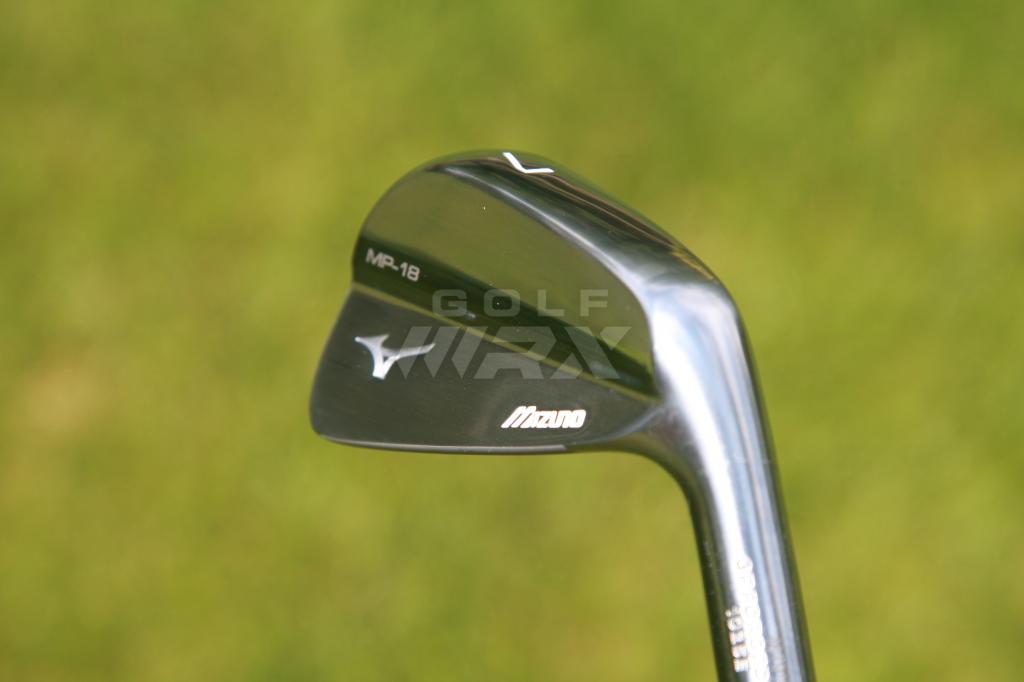
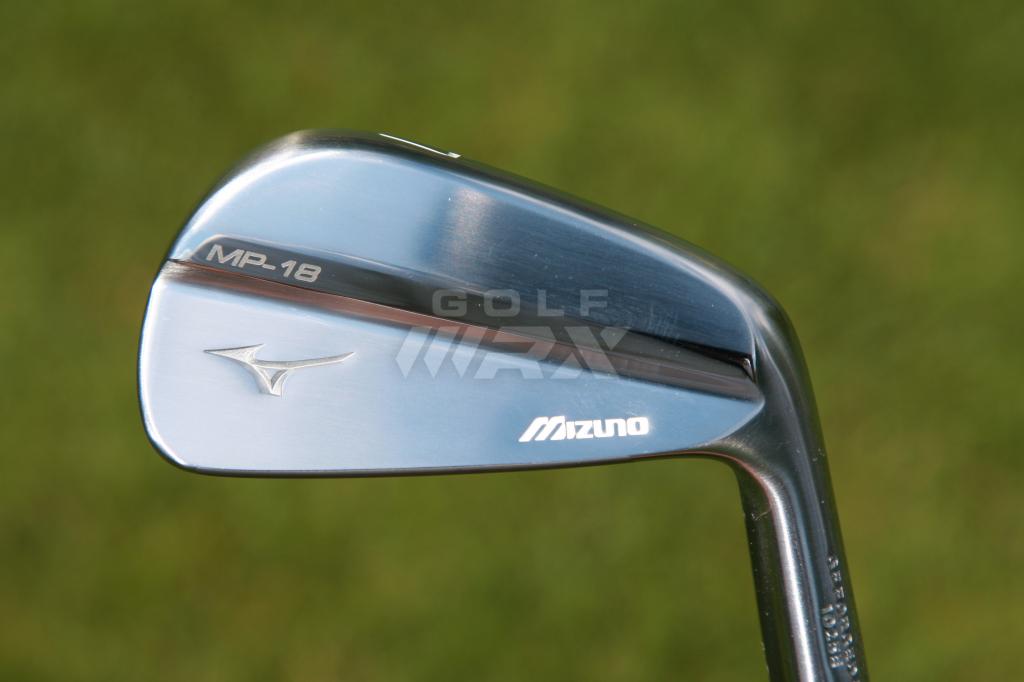
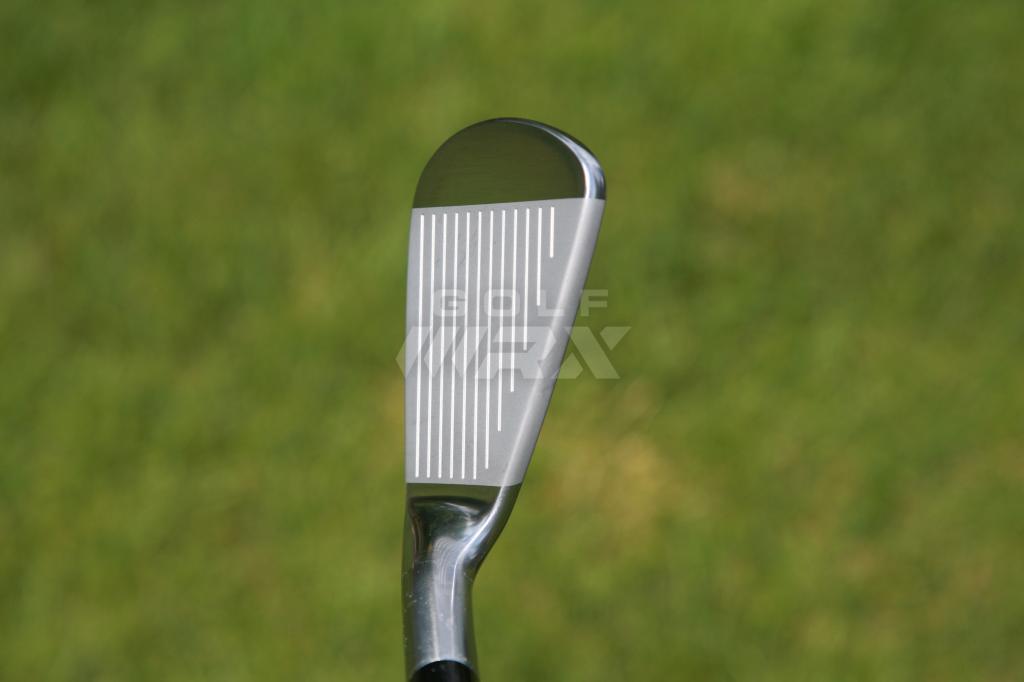
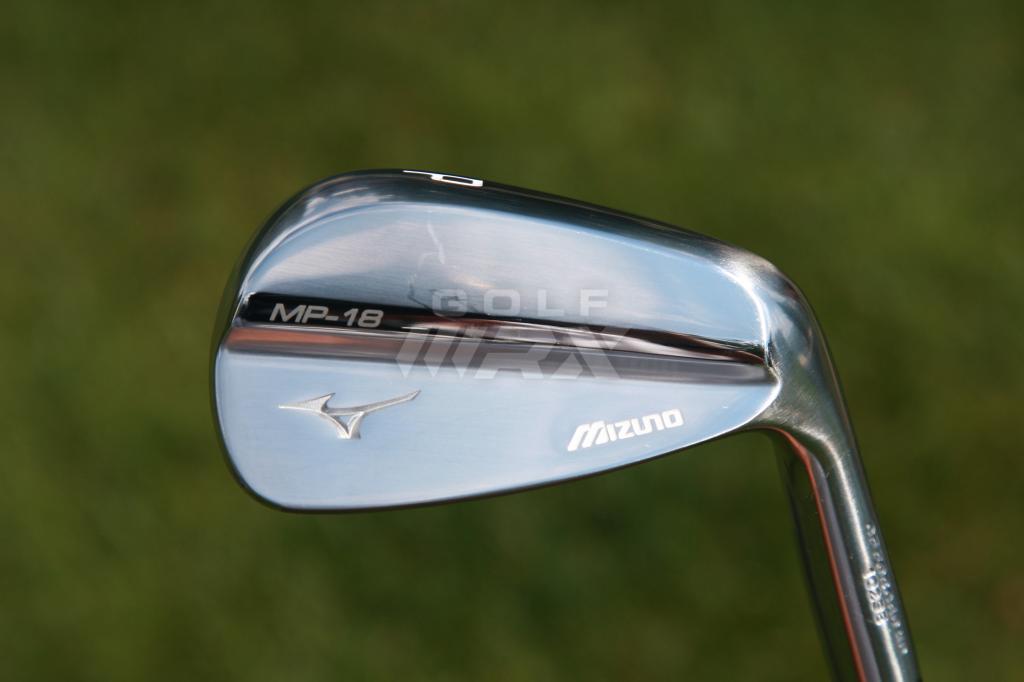





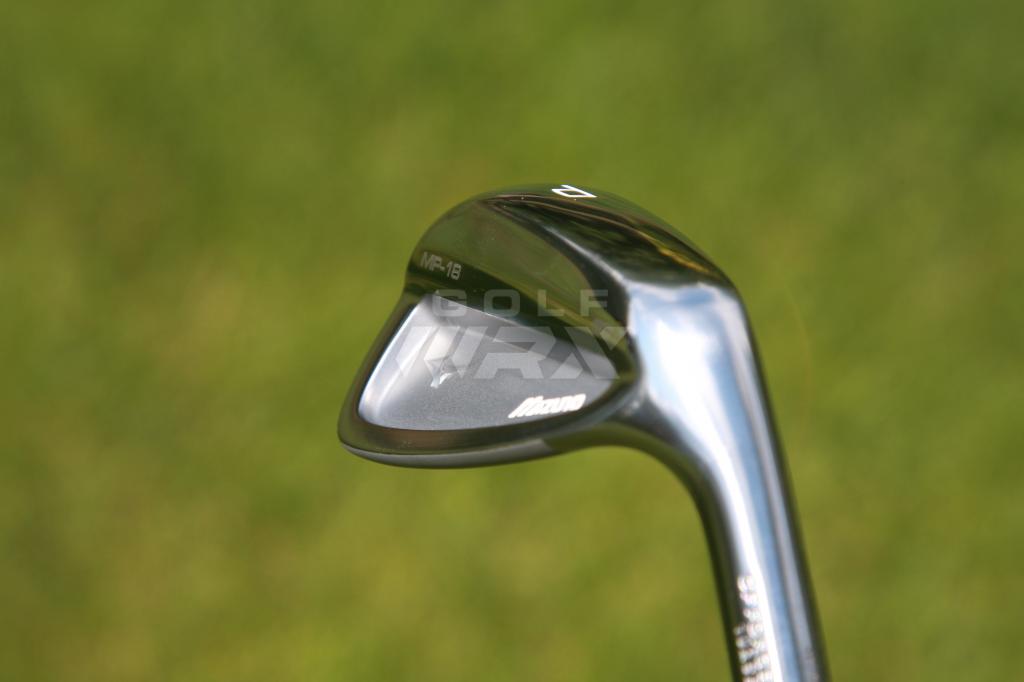
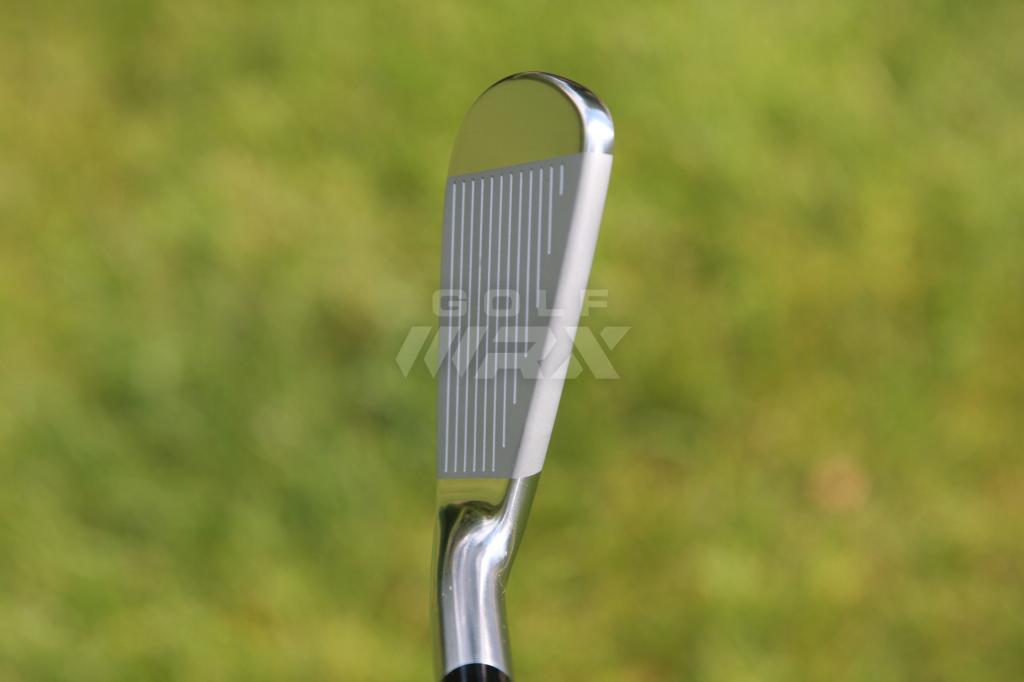
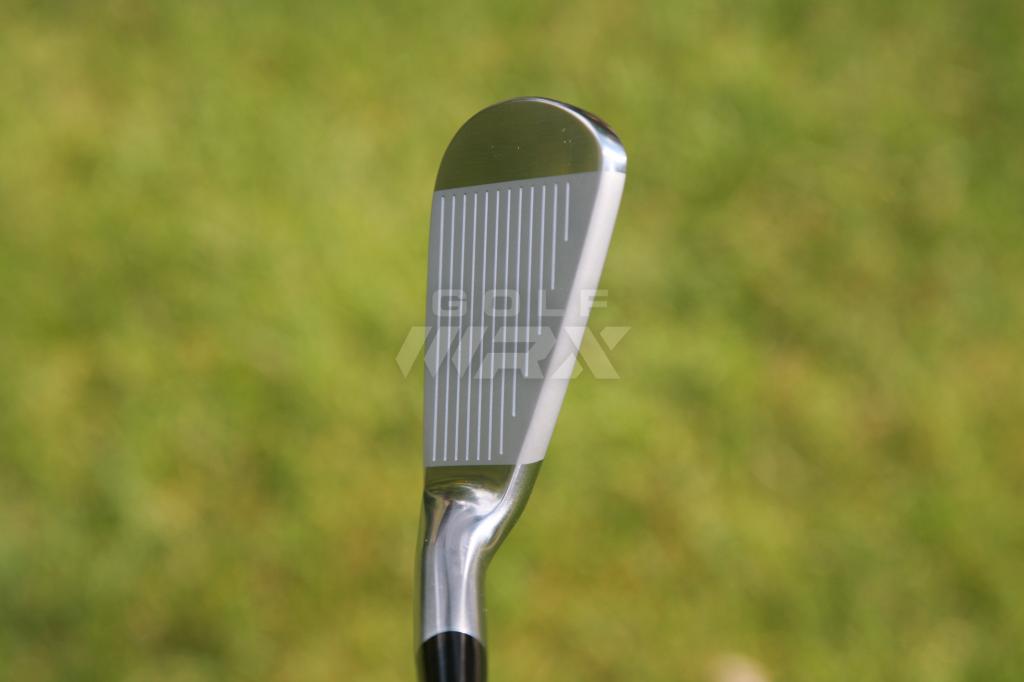


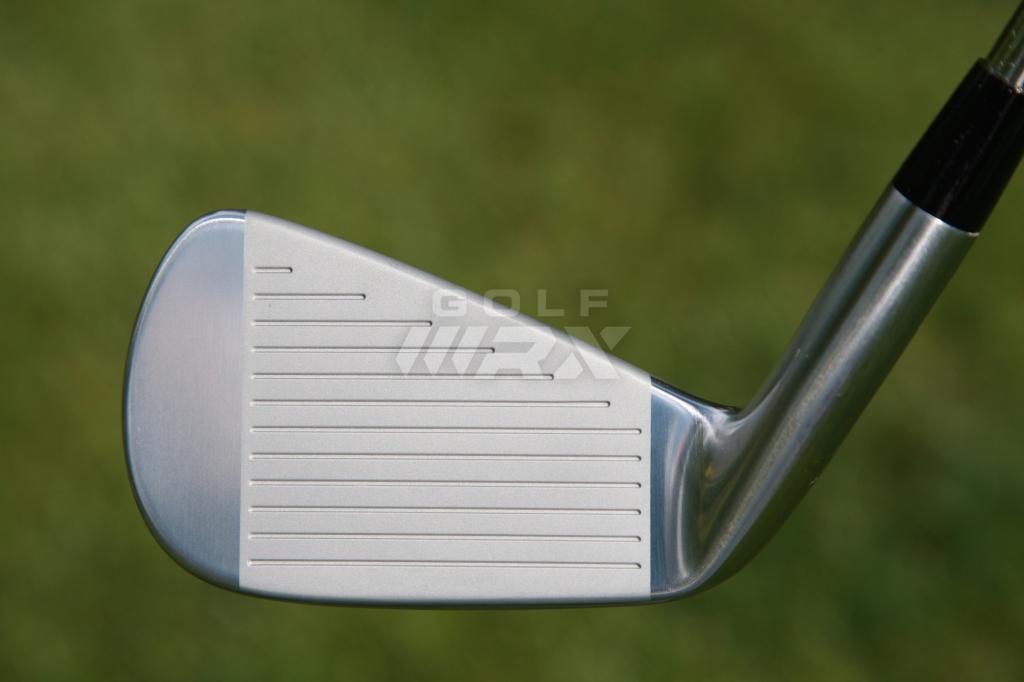
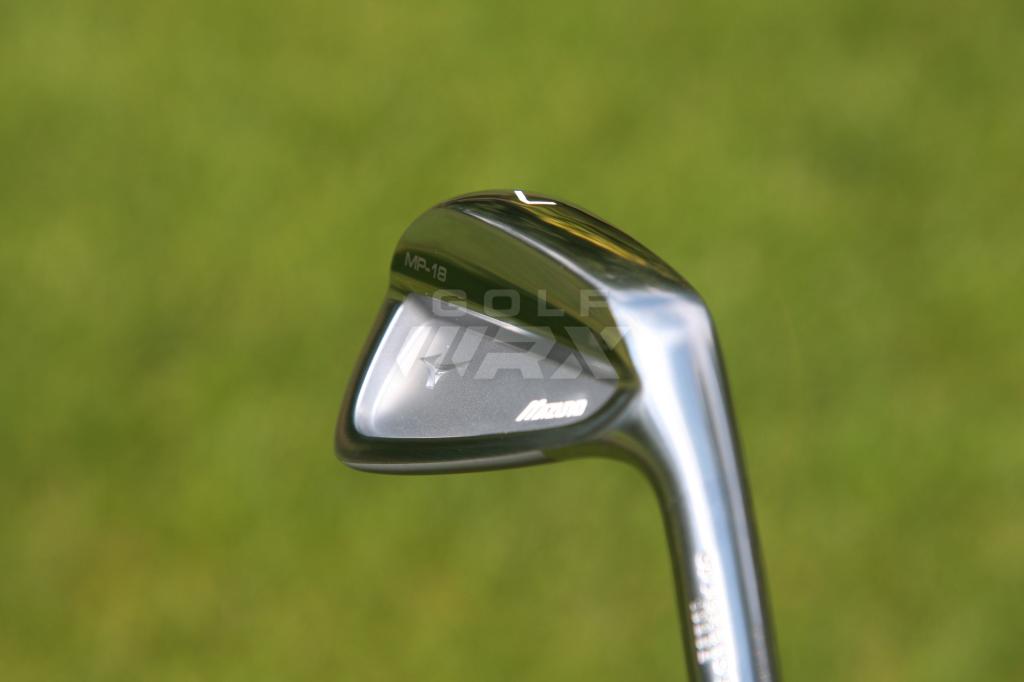

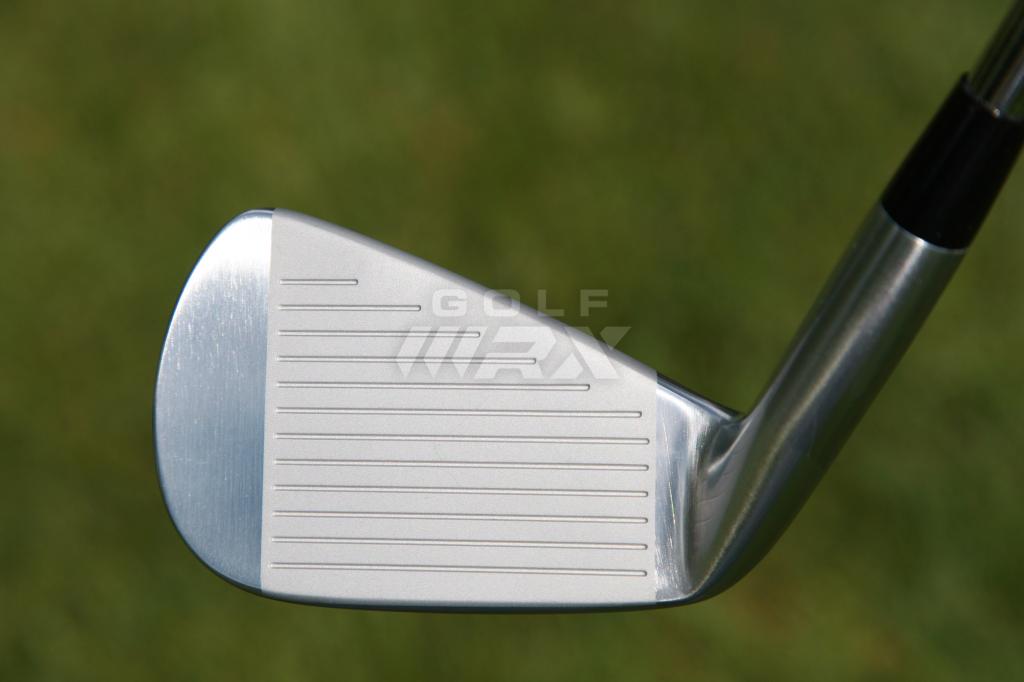
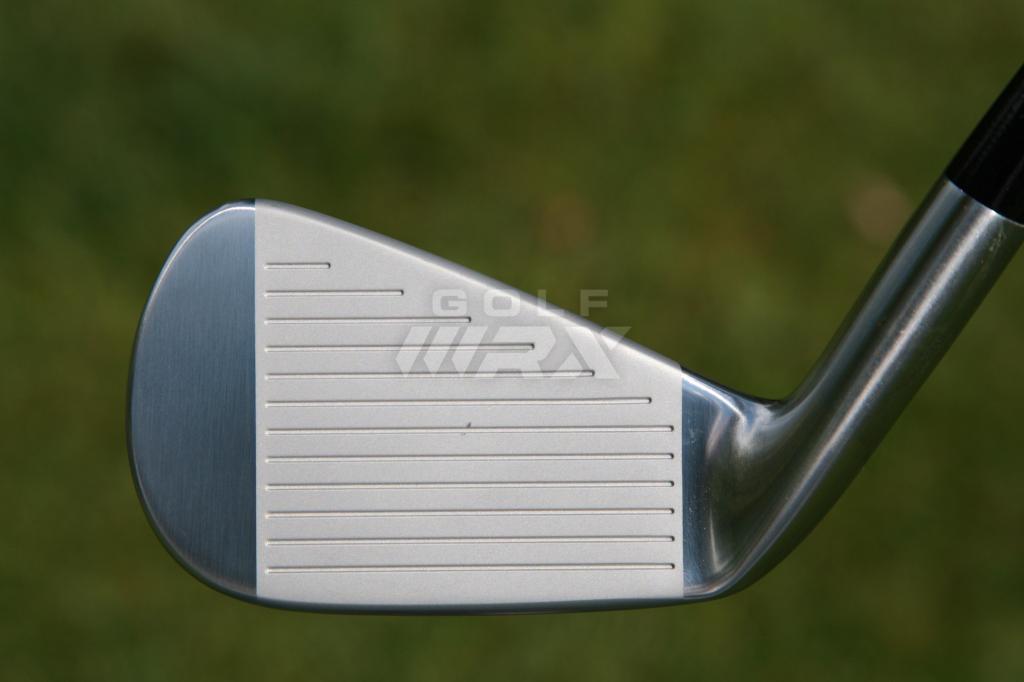
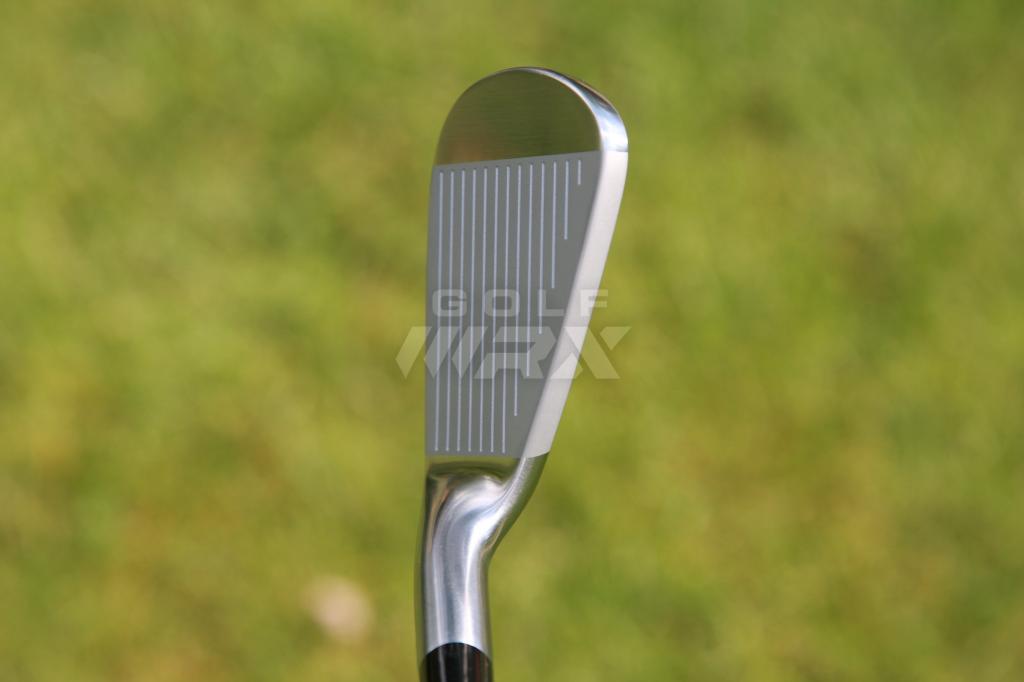
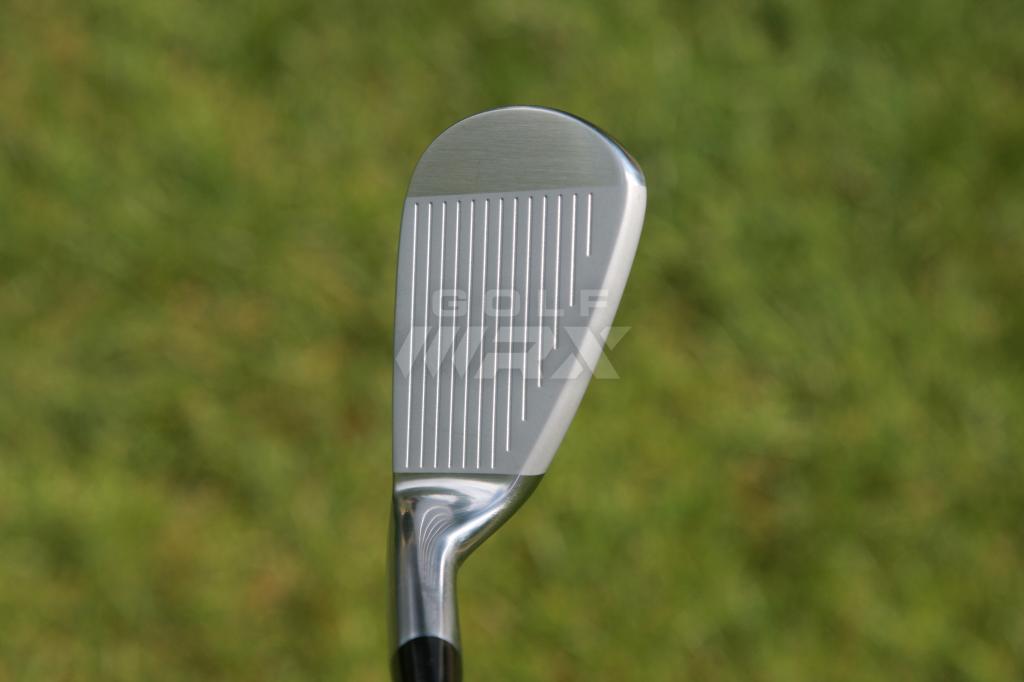
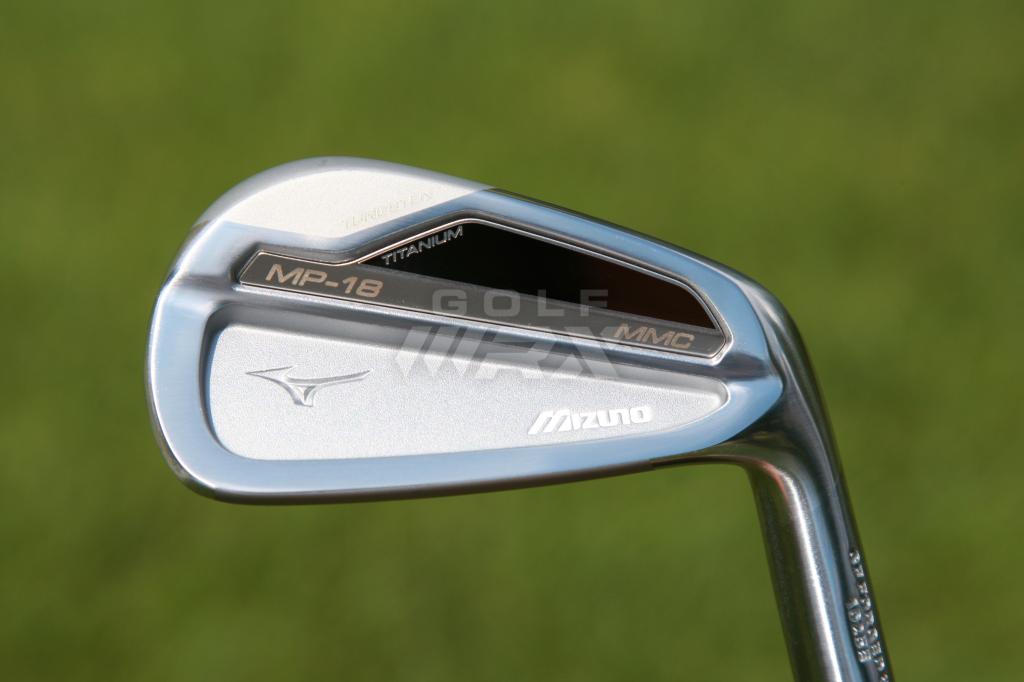
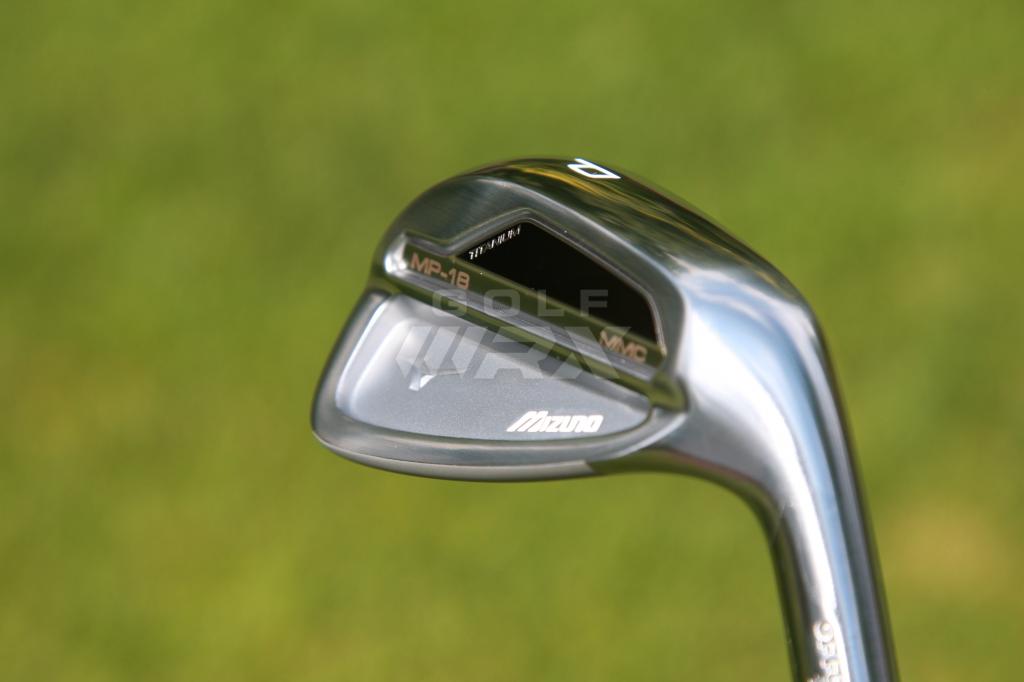
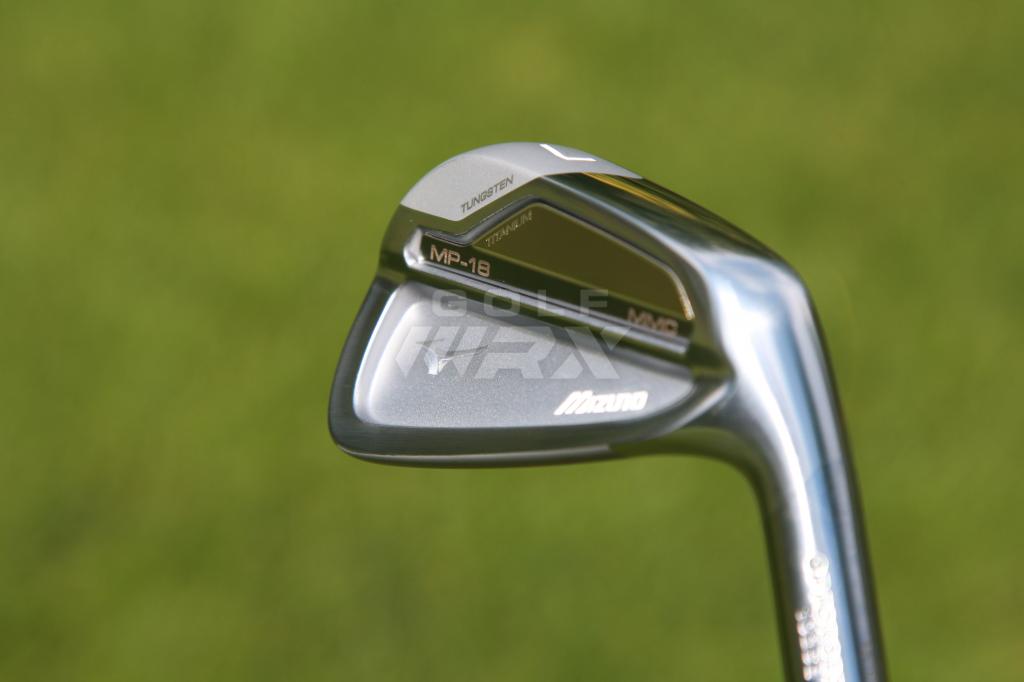
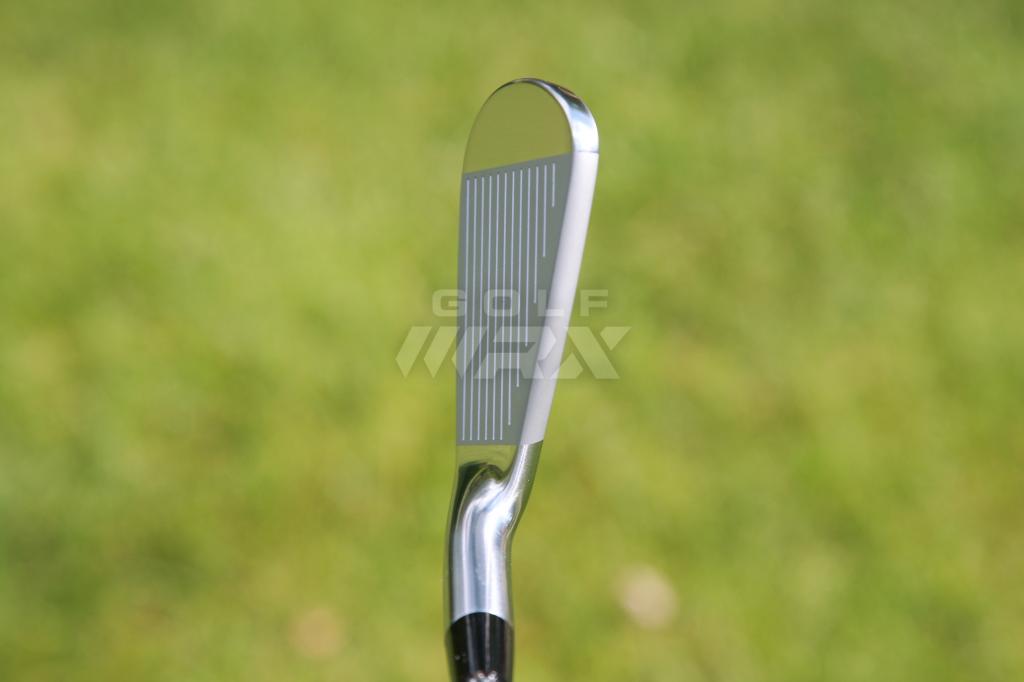
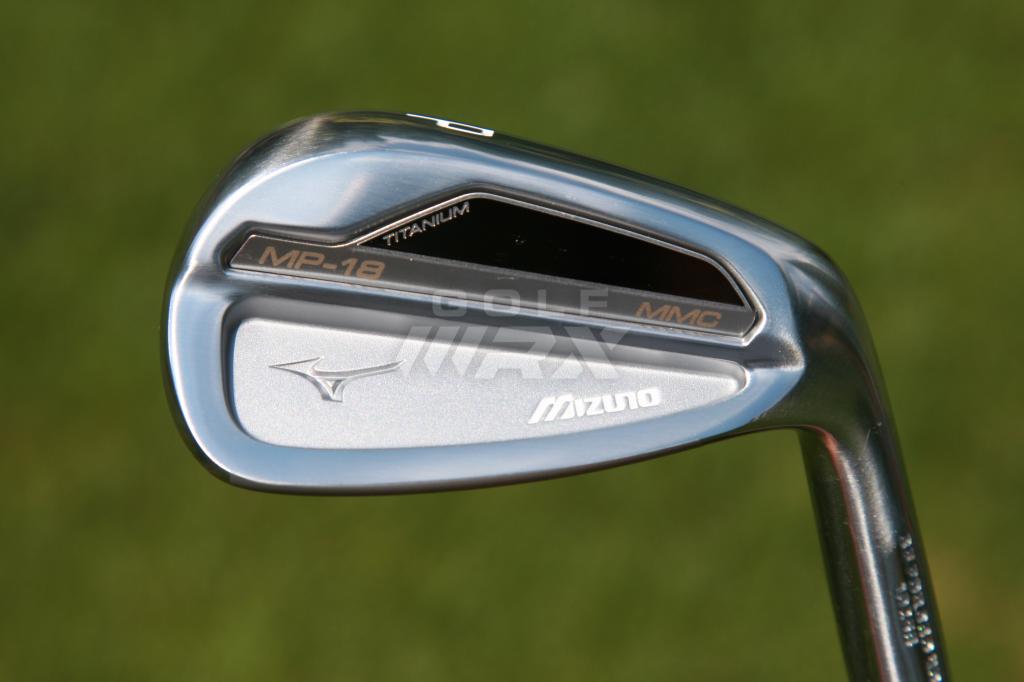
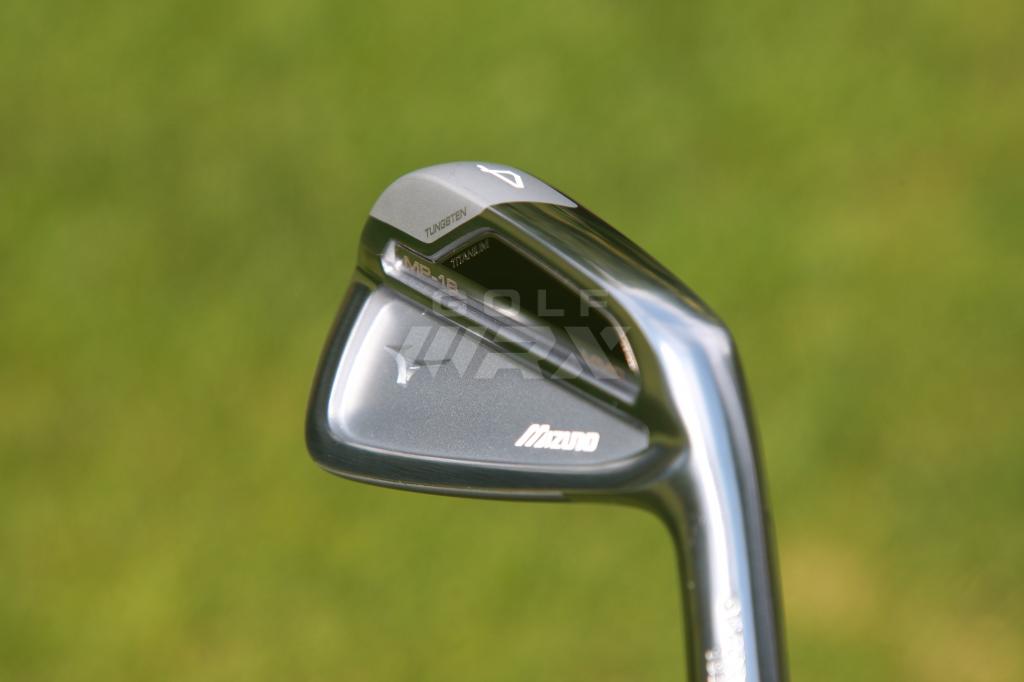
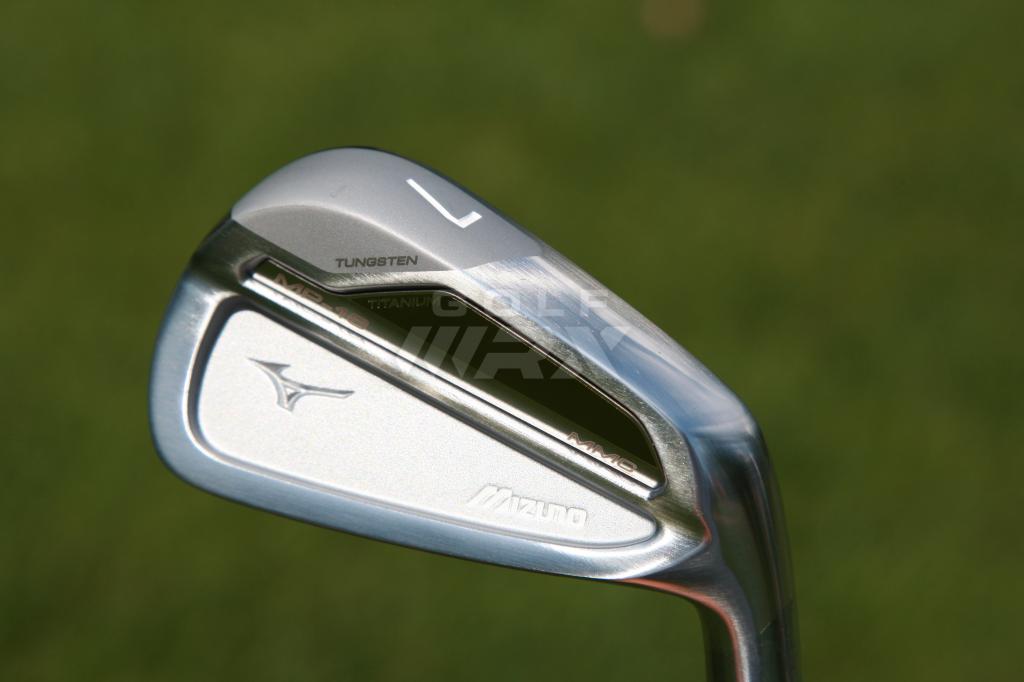
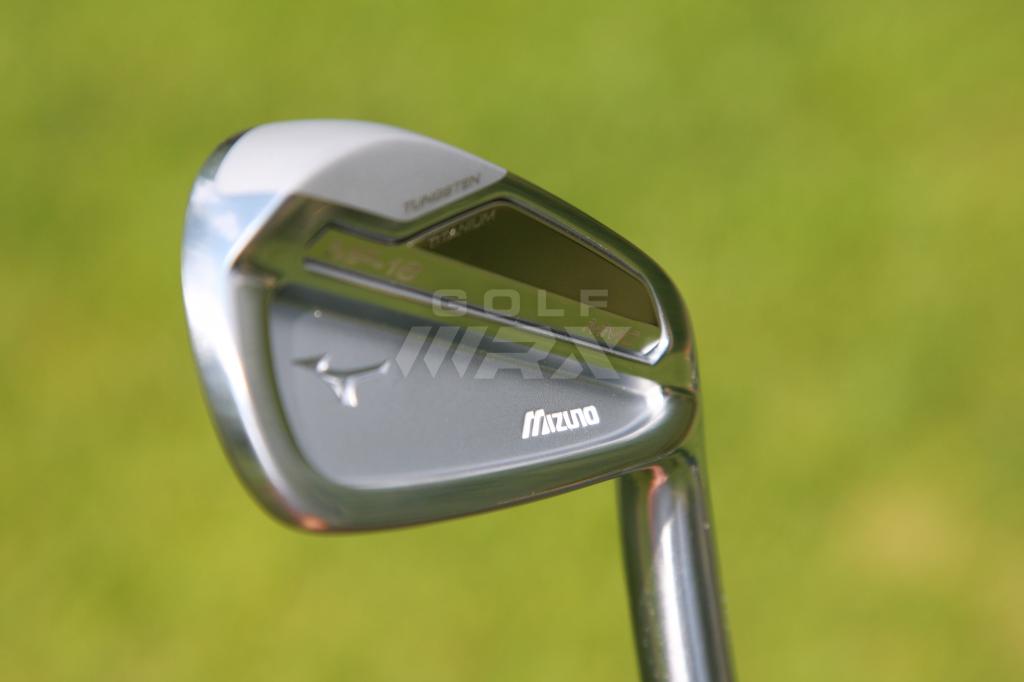
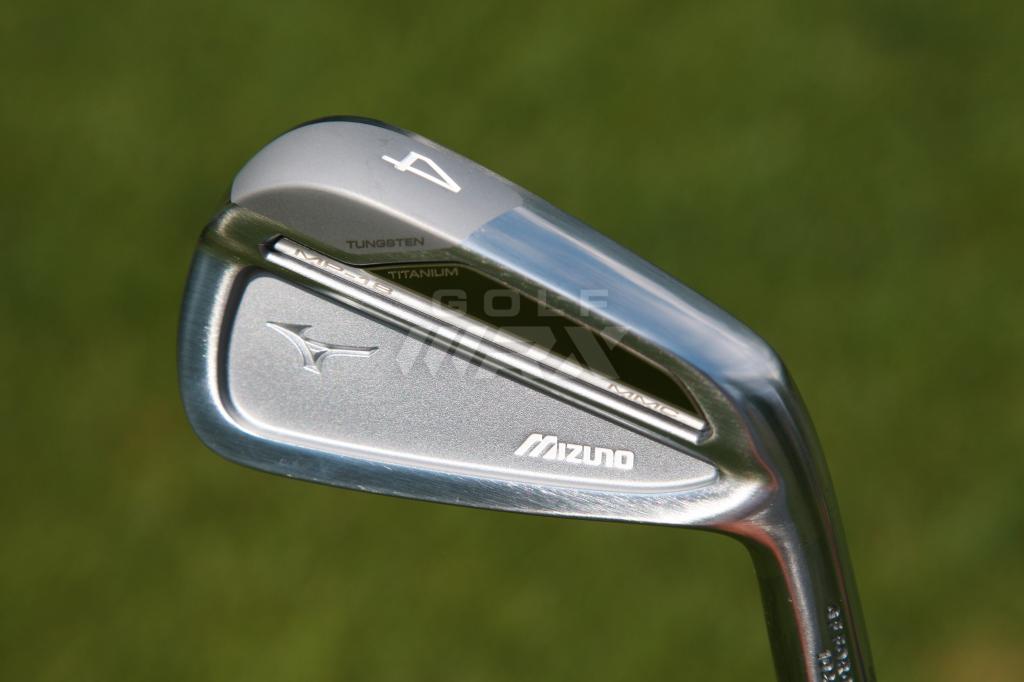
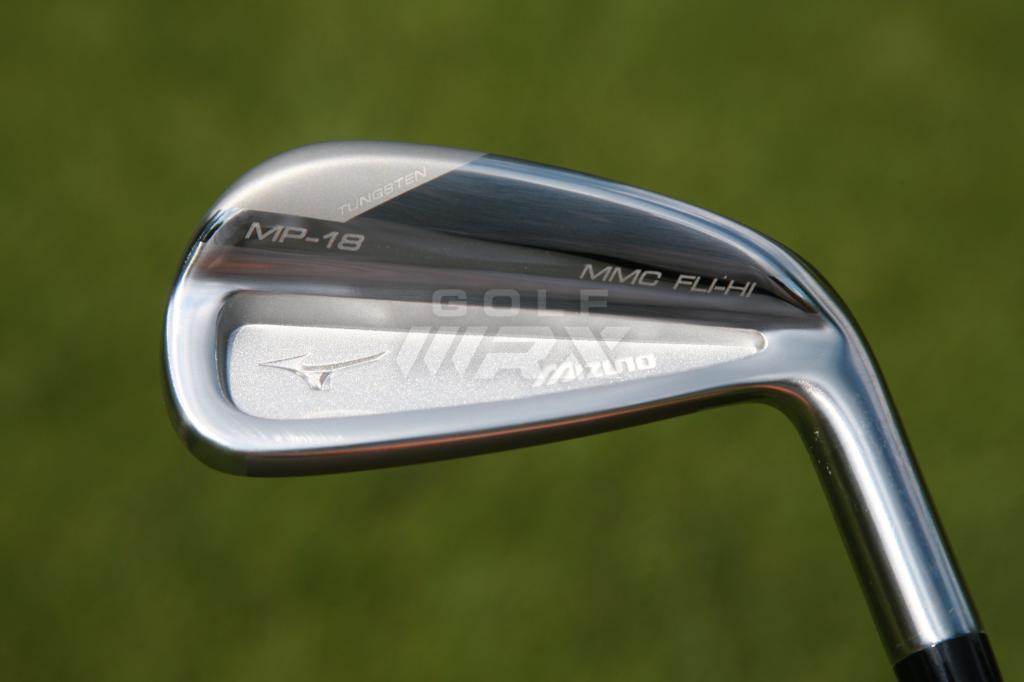

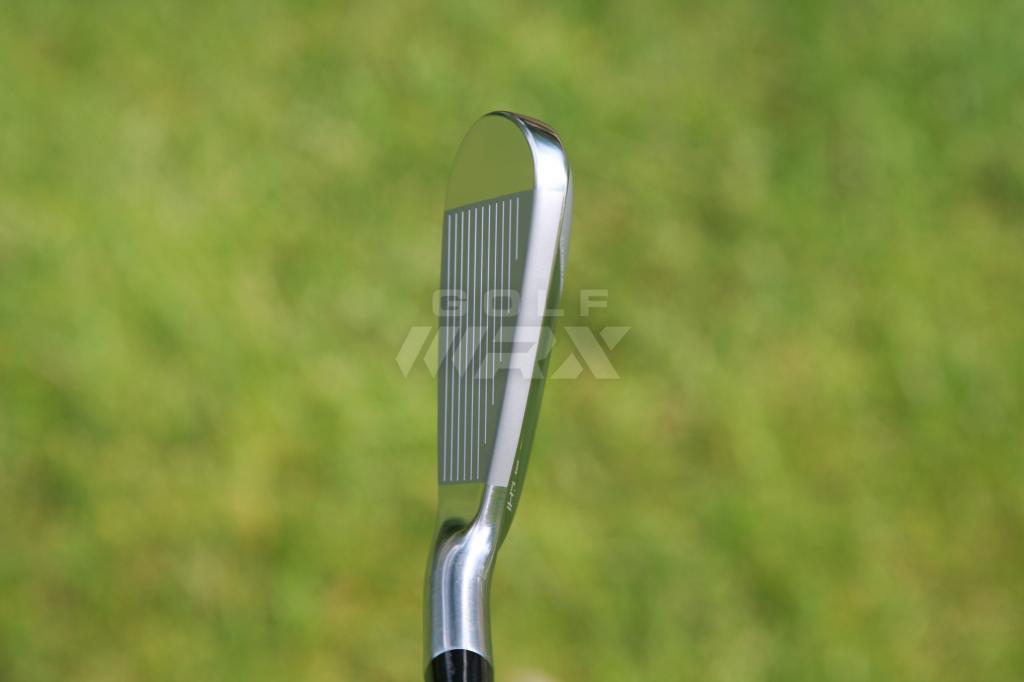
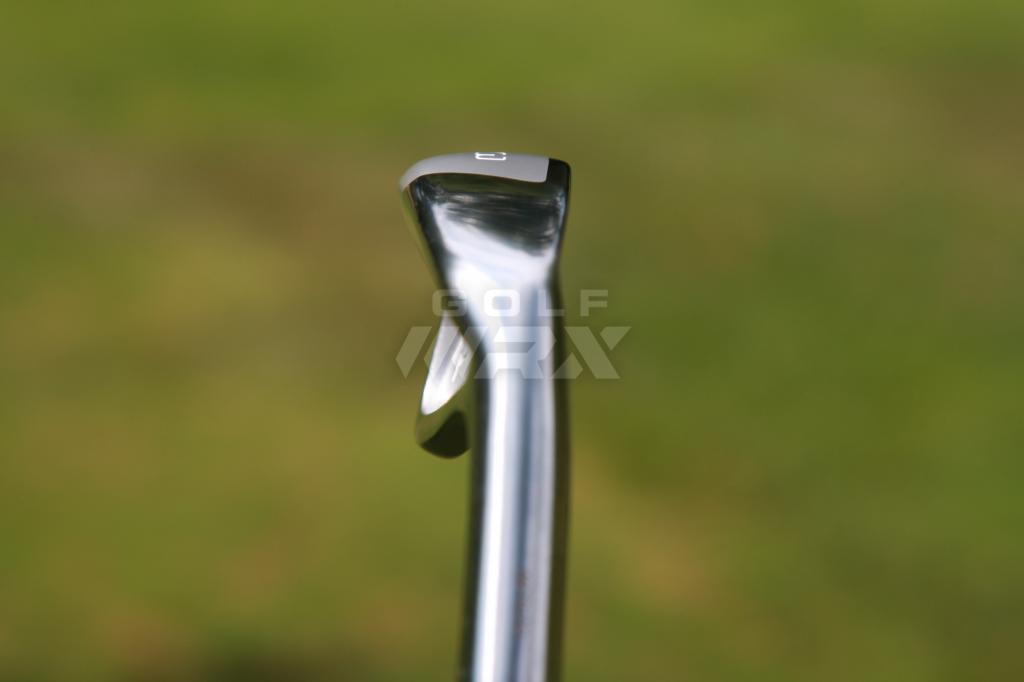
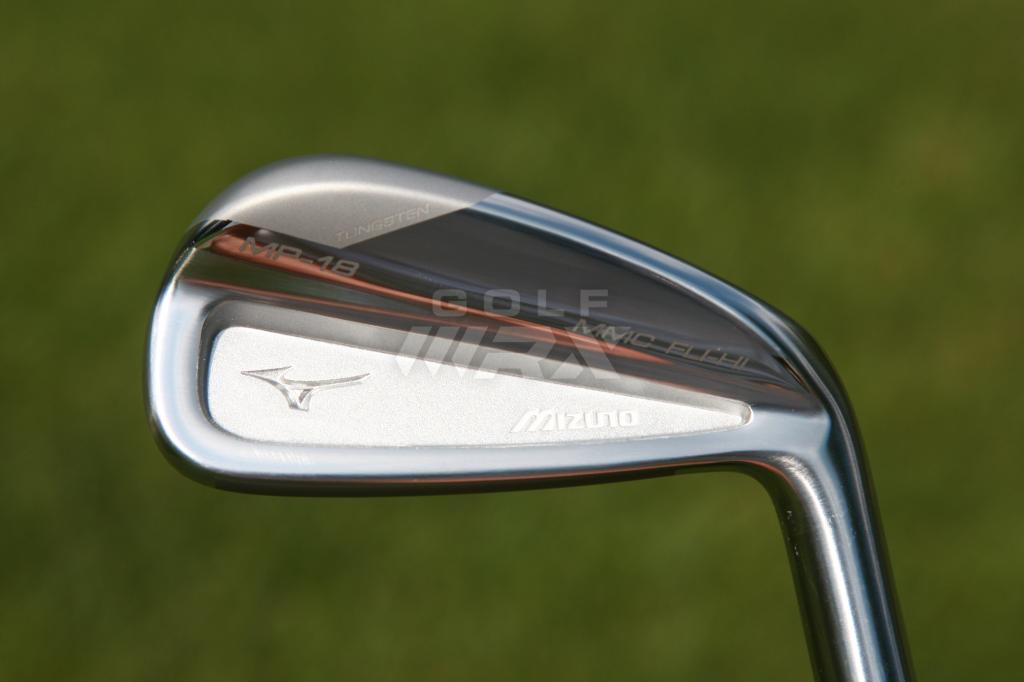

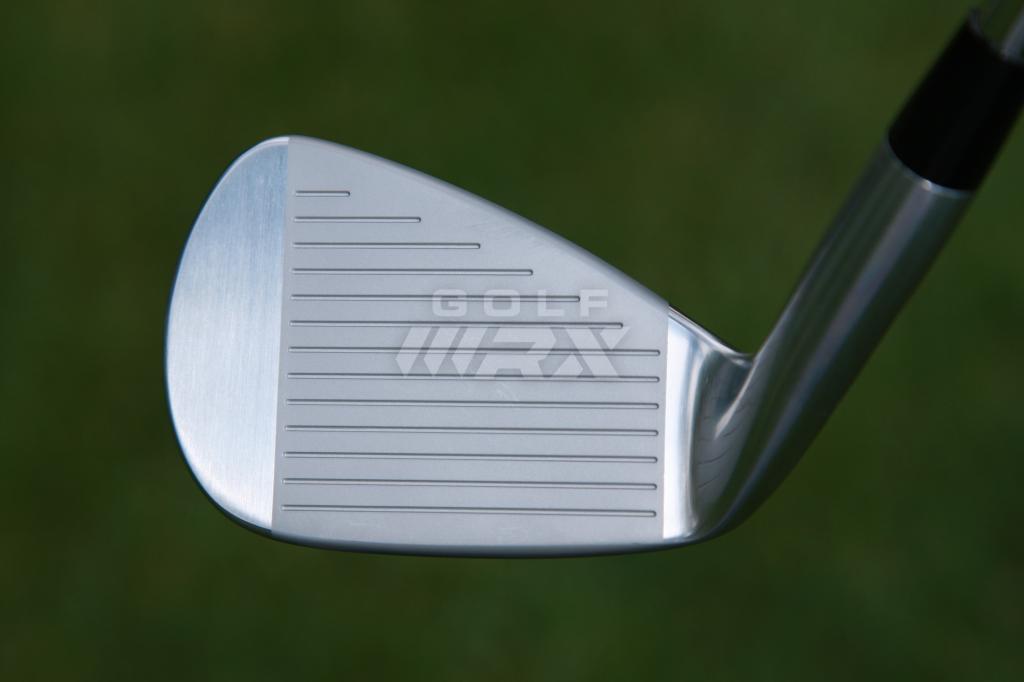
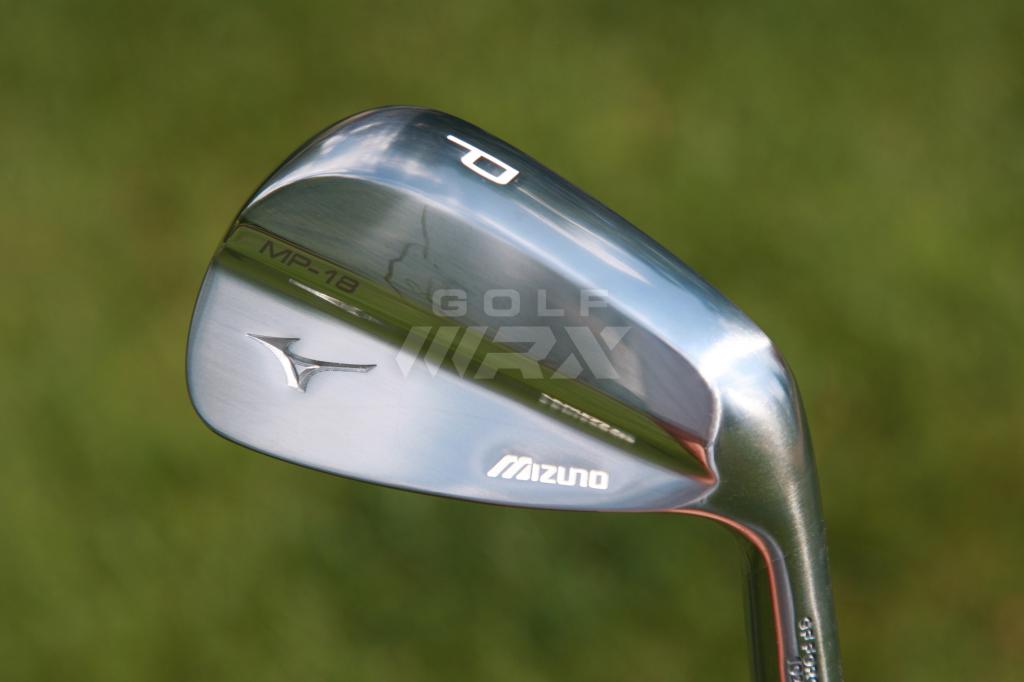
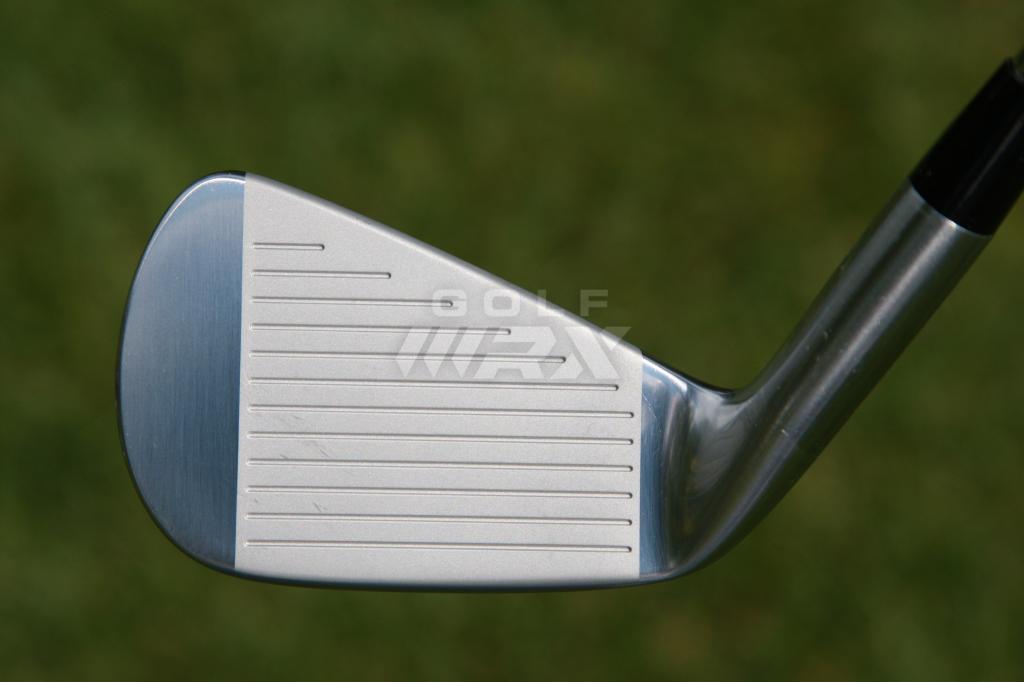


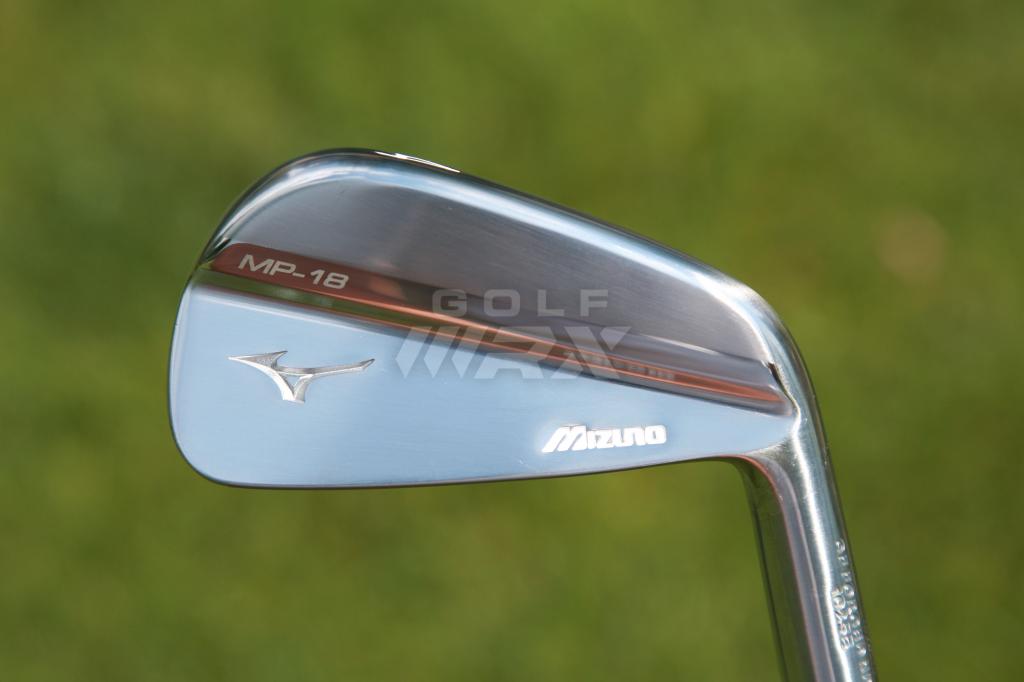
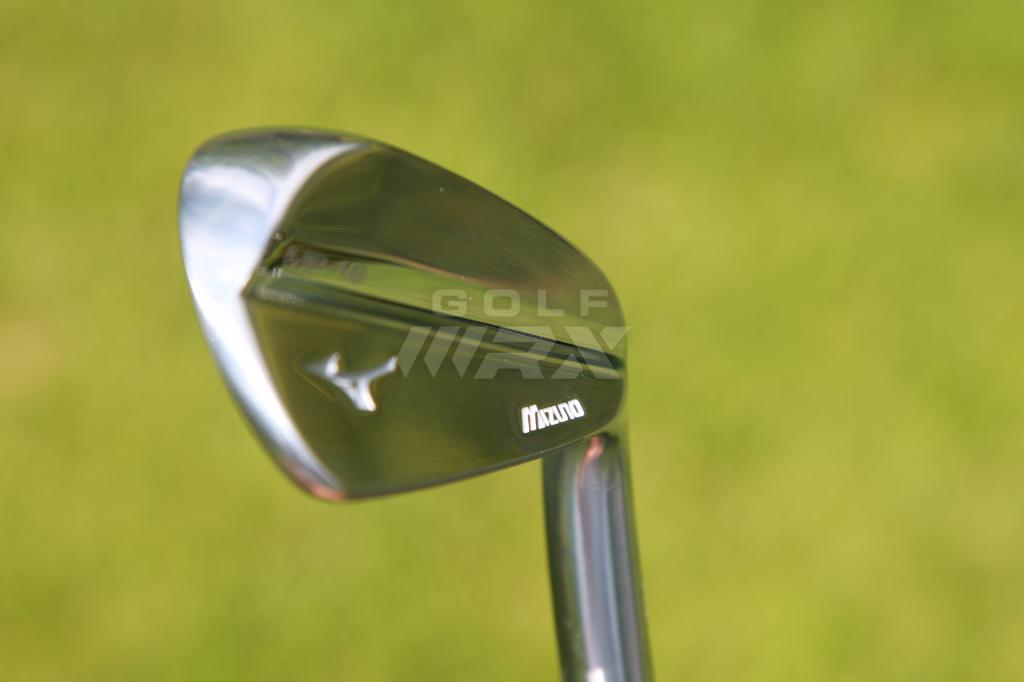

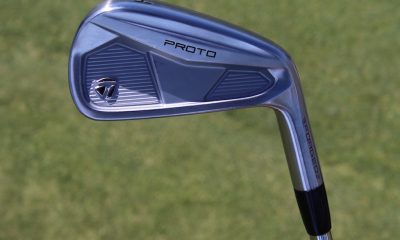



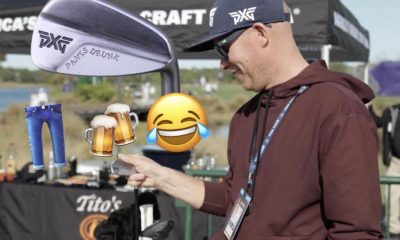

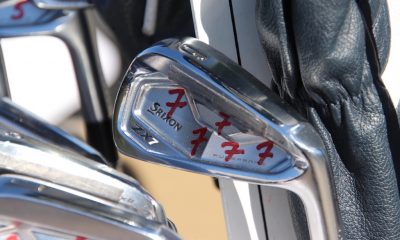

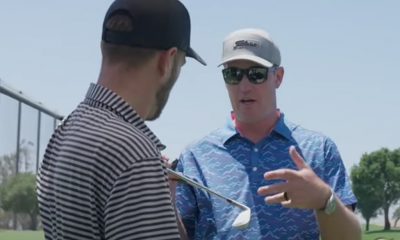
















D
Aug 8, 2017 at 2:23 am
At least you feel special that you can do things that right-handers can’t.
Mr Poopoo
Aug 7, 2017 at 9:00 pm
There goes my next paycheck
D
Aug 7, 2017 at 4:20 pm
You would know all about being hopeless, you’re hopeless
BRI
Aug 7, 2017 at 2:13 pm
Article is littered with errors.
ShankLampard147
Aug 7, 2017 at 2:04 pm
No combo set if you’re left handed, which is a big fail. I wanted the sc18’s, but it feels like mizuno doesn’t want my money. No fli hi is a deal breaker for me. Add to that the blue wedges and I think they should just stop making left handed clubs altogether. Any self respecting lefty wouldn’t play Mizuno.
joro
Jul 11, 2018 at 11:47 am
What do most people need with a combo set. Is it skill or ego that they think it will make them a player with them in the Bag. I am a leftie and play with the Hot Metals in Leftie that more people need, they are strong, hit high and feel soft. And the Graphite shaft is a good one.
So Leftie, take a good look at then, them, then are grrrrrrrrreat.
Edit
Aug 7, 2017 at 11:38 am
Think you meant to say tungsten was not used in 8-paw heads of MMC. You wrote titanium.
Tommy
Aug 7, 2017 at 11:34 am
I’m surprised by the fat soles on the 18’s. How’s that “classic Mizuno”? I’ll wait to see them in hand but that really pops the bubble for me…
Tiemco
Aug 7, 2017 at 10:19 am
When you say the Fli-Hi iron’s are only offered in the long irons and then you put in parentheses 6-PW. I think you meant to write 2-6.
Lee Shaw
Aug 7, 2017 at 10:15 am
Surely these MP18’s can’t be any good they are not over $3000 for 8 irons!!
Dat
Aug 7, 2017 at 8:57 am
Sign me up! 3 Fli-Hi, 4-6 SC, 7-PW MB